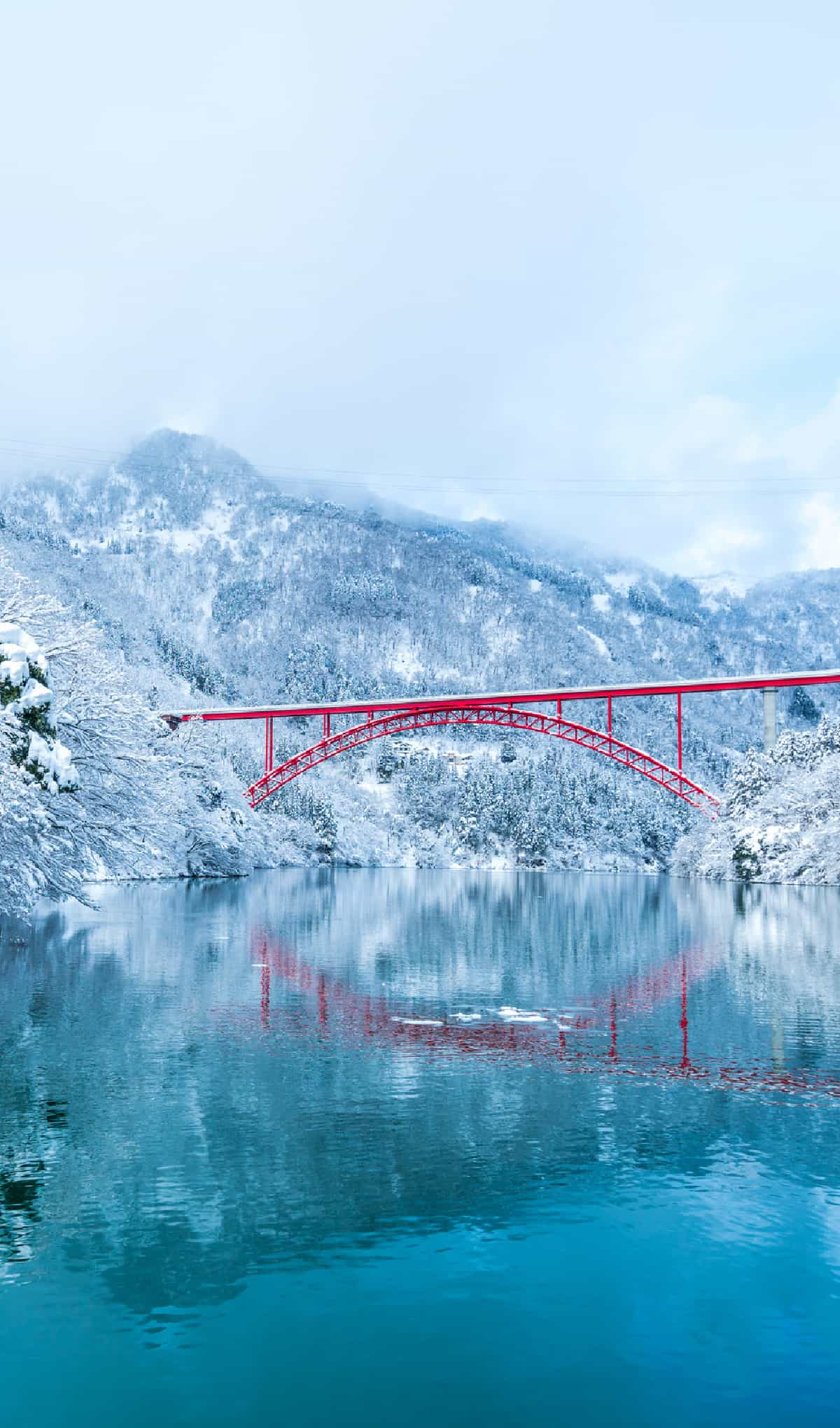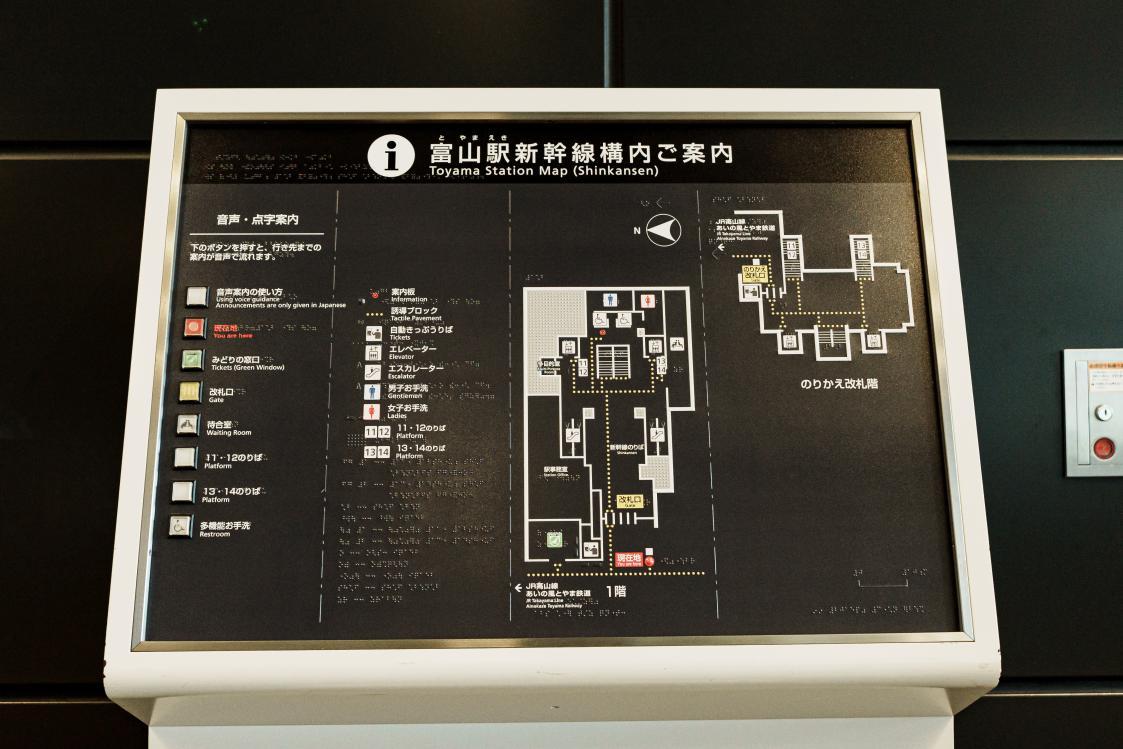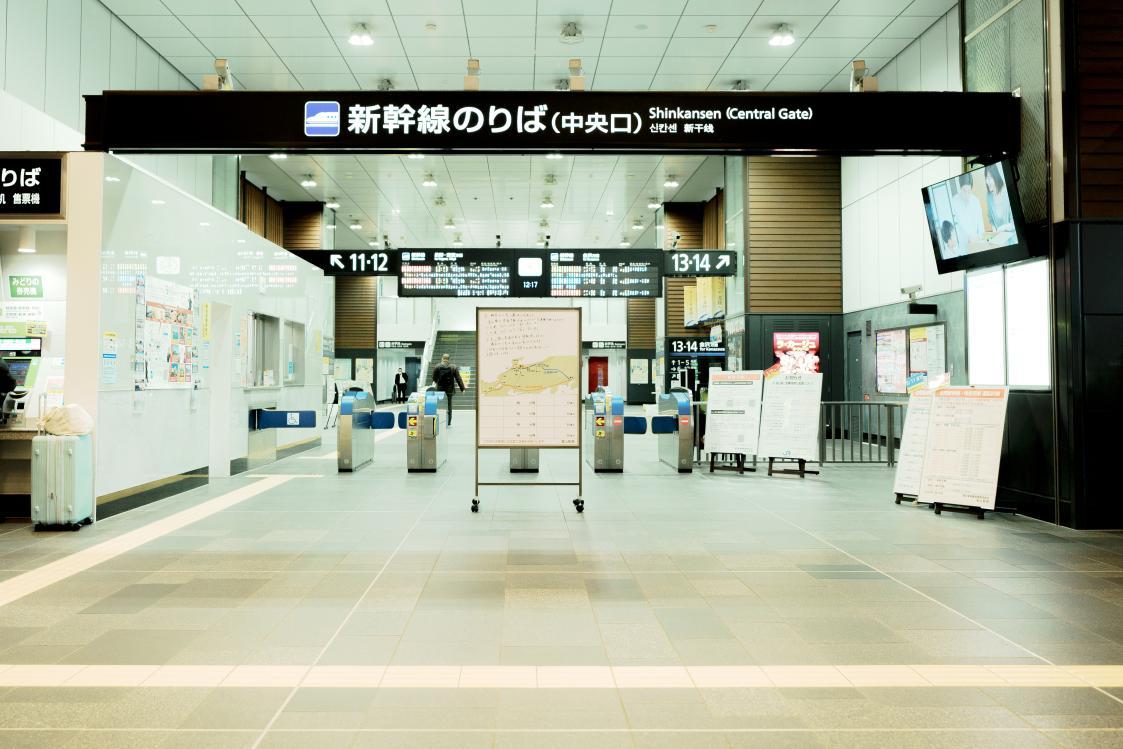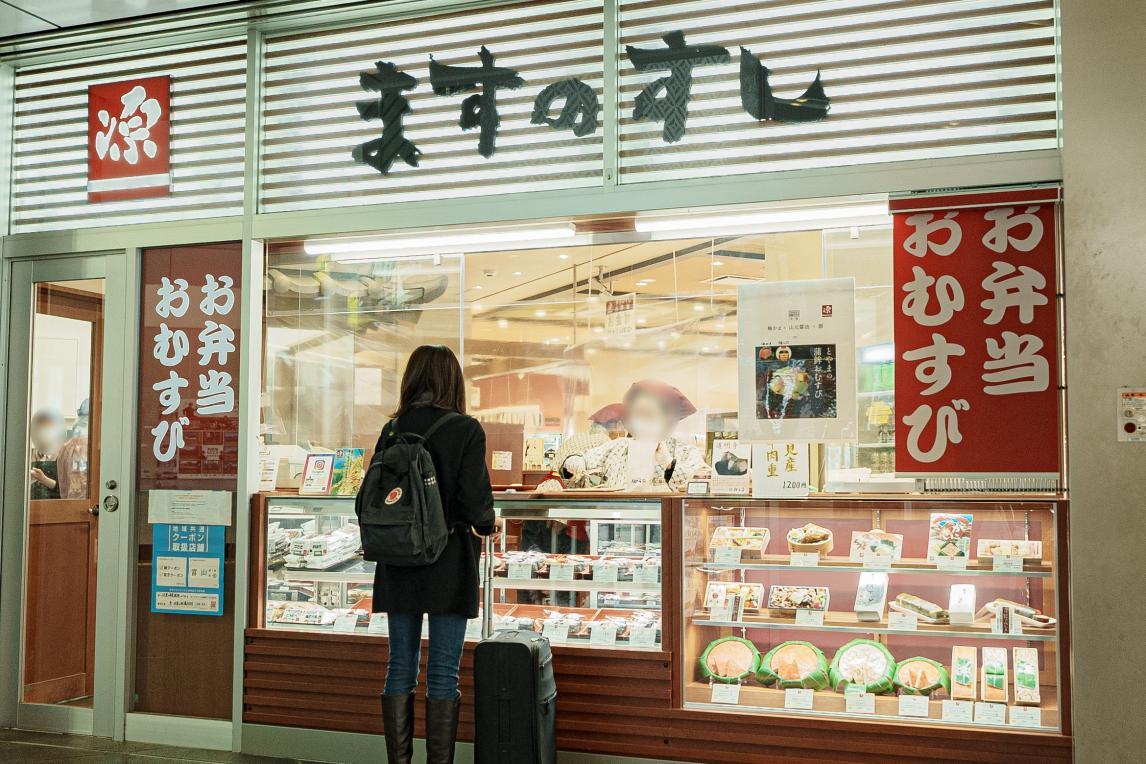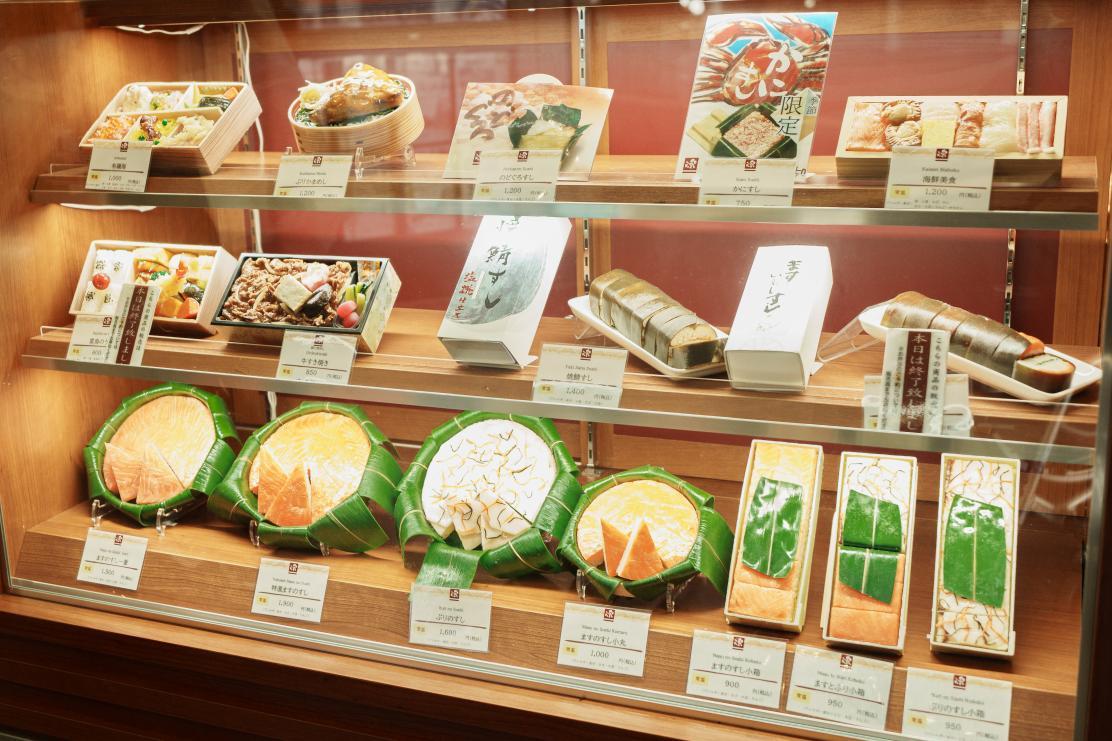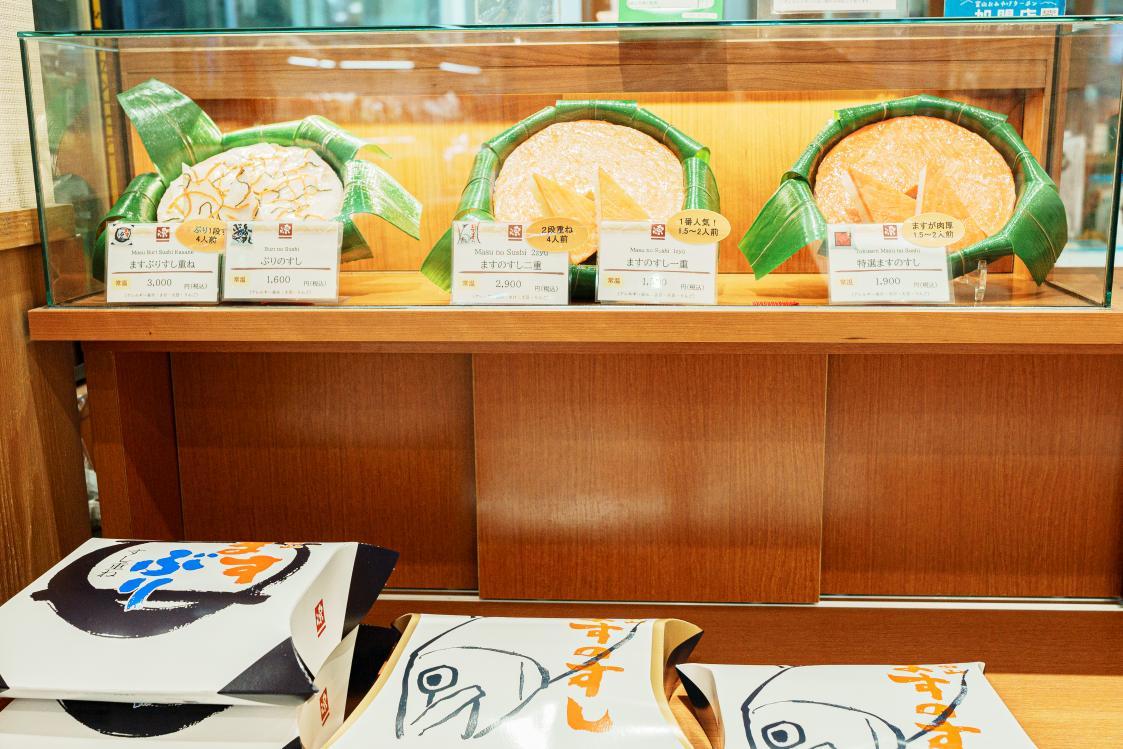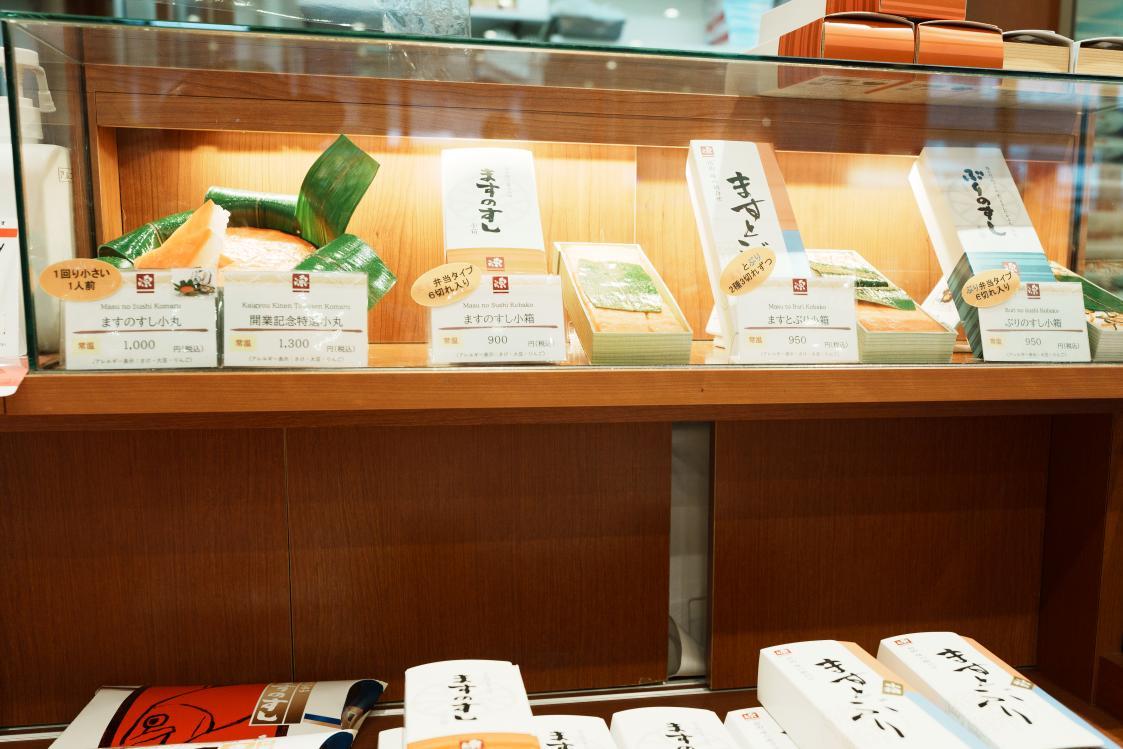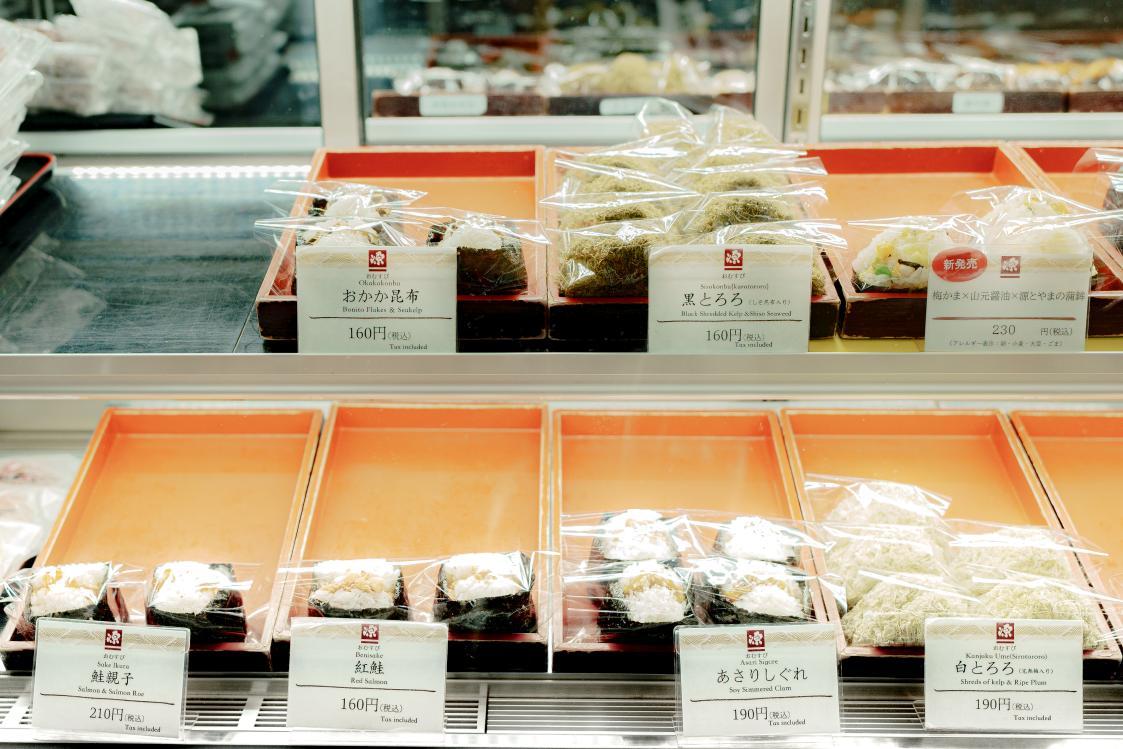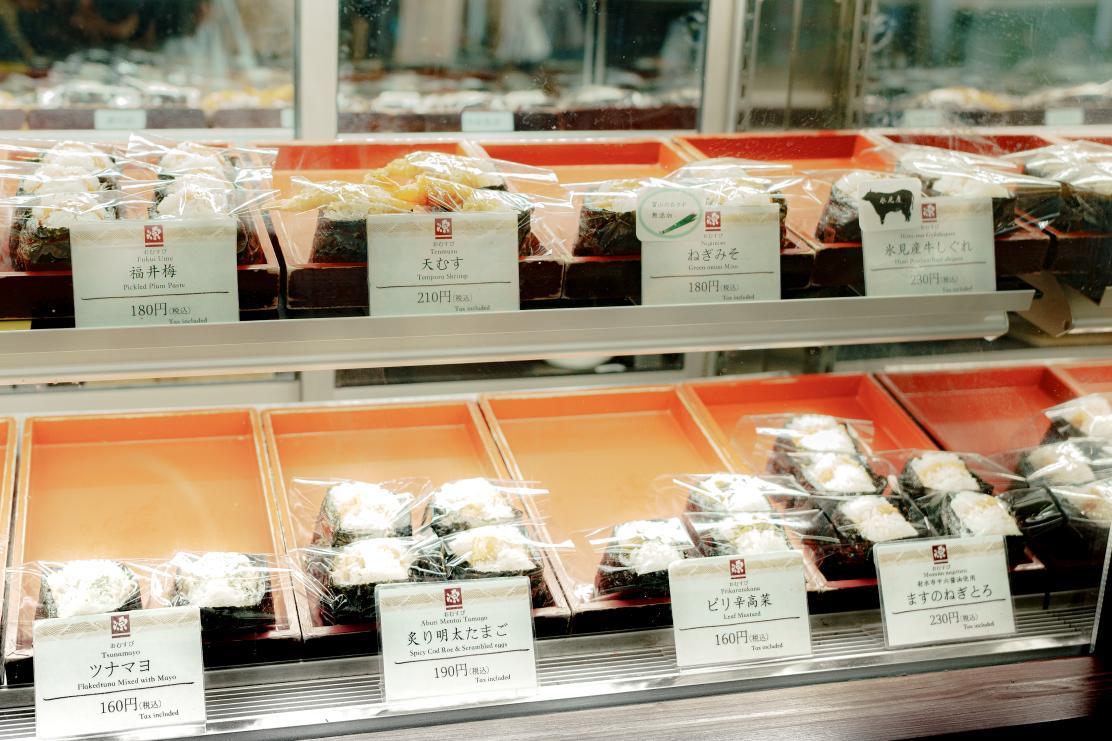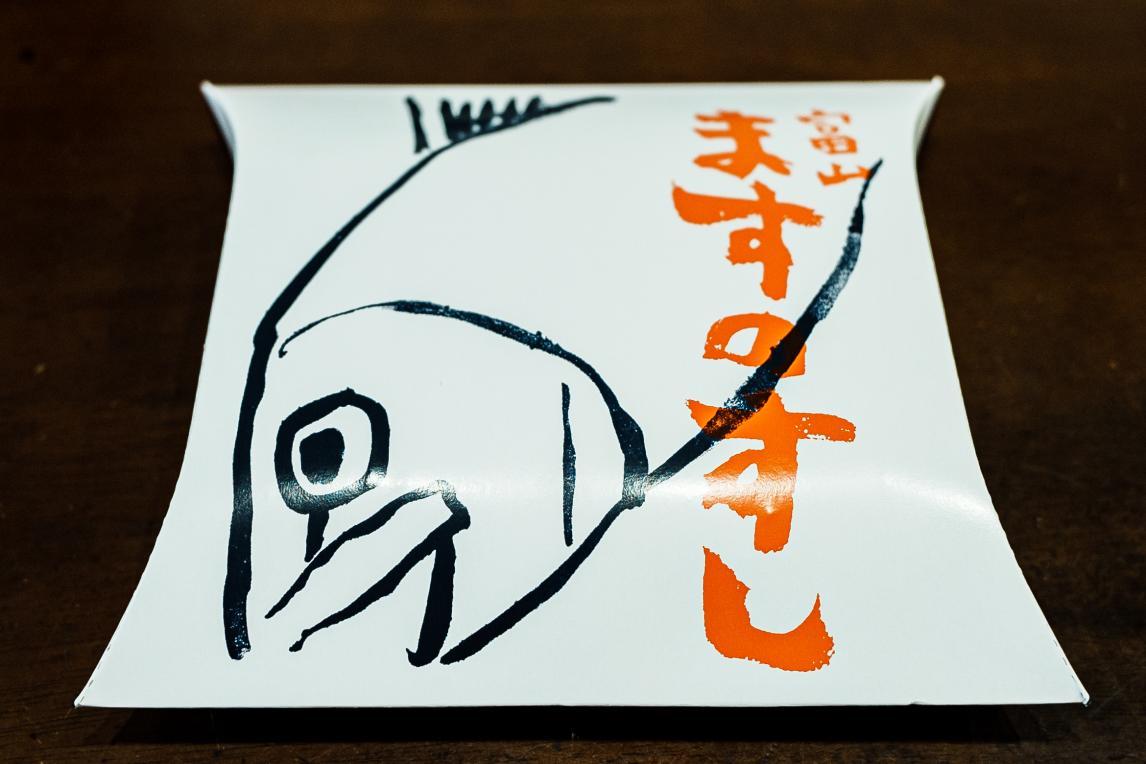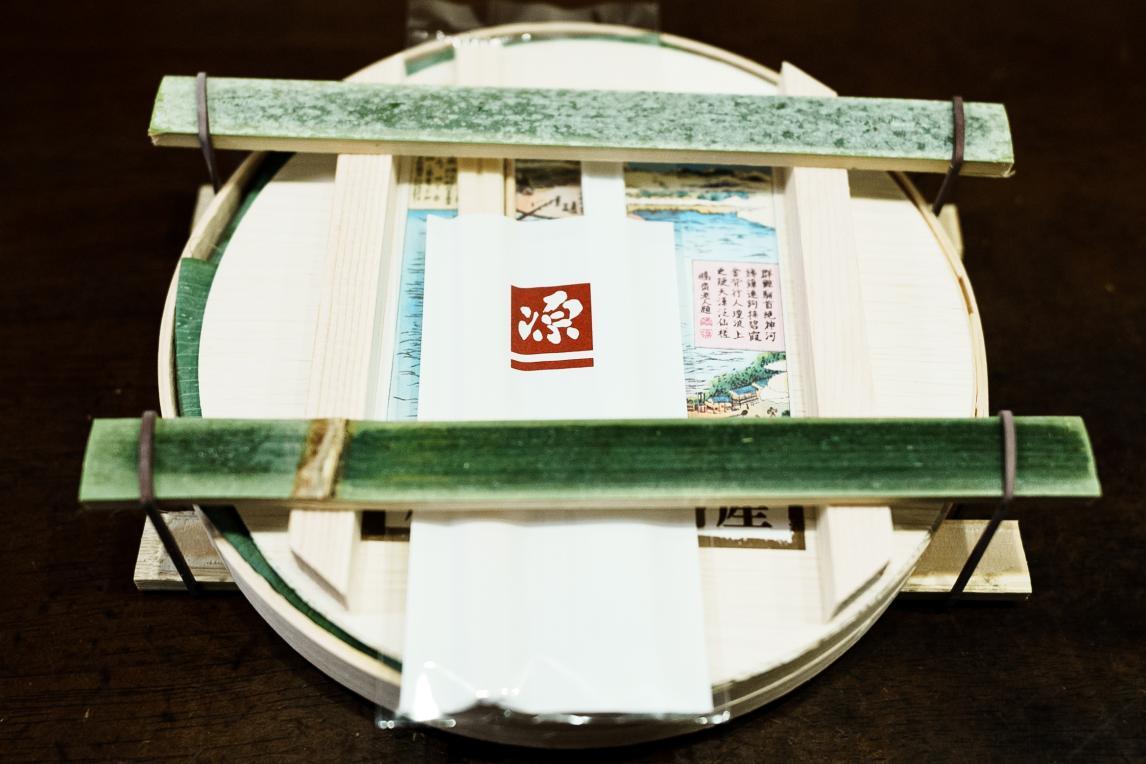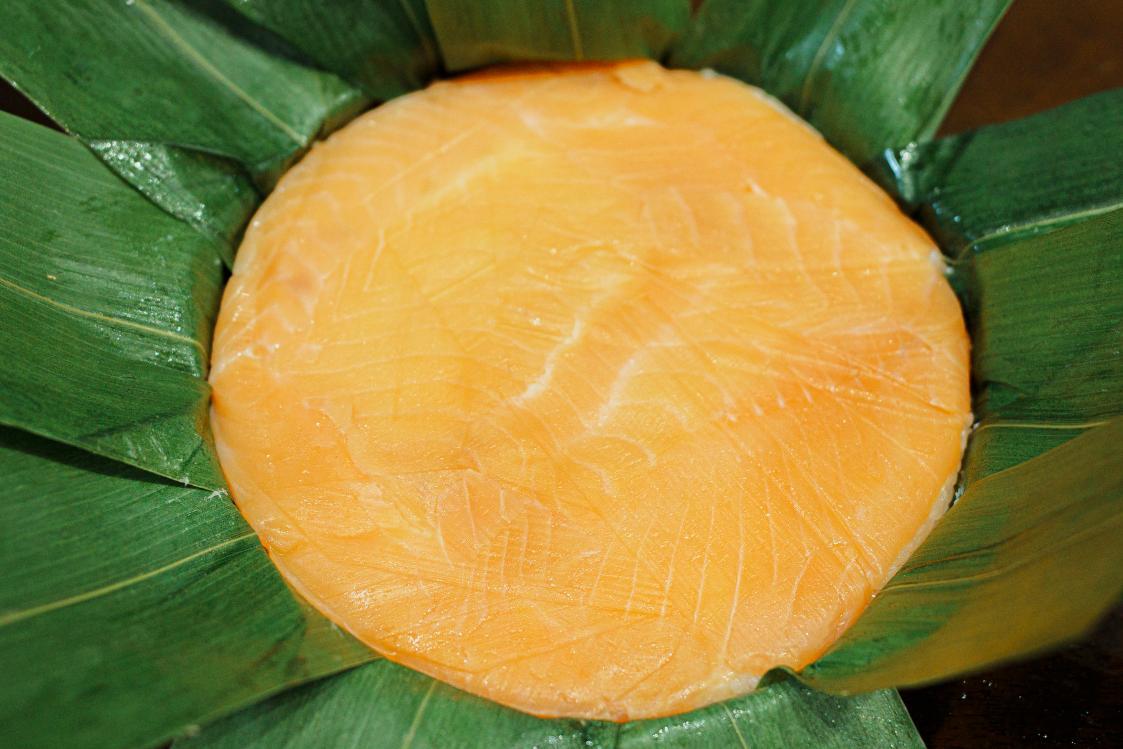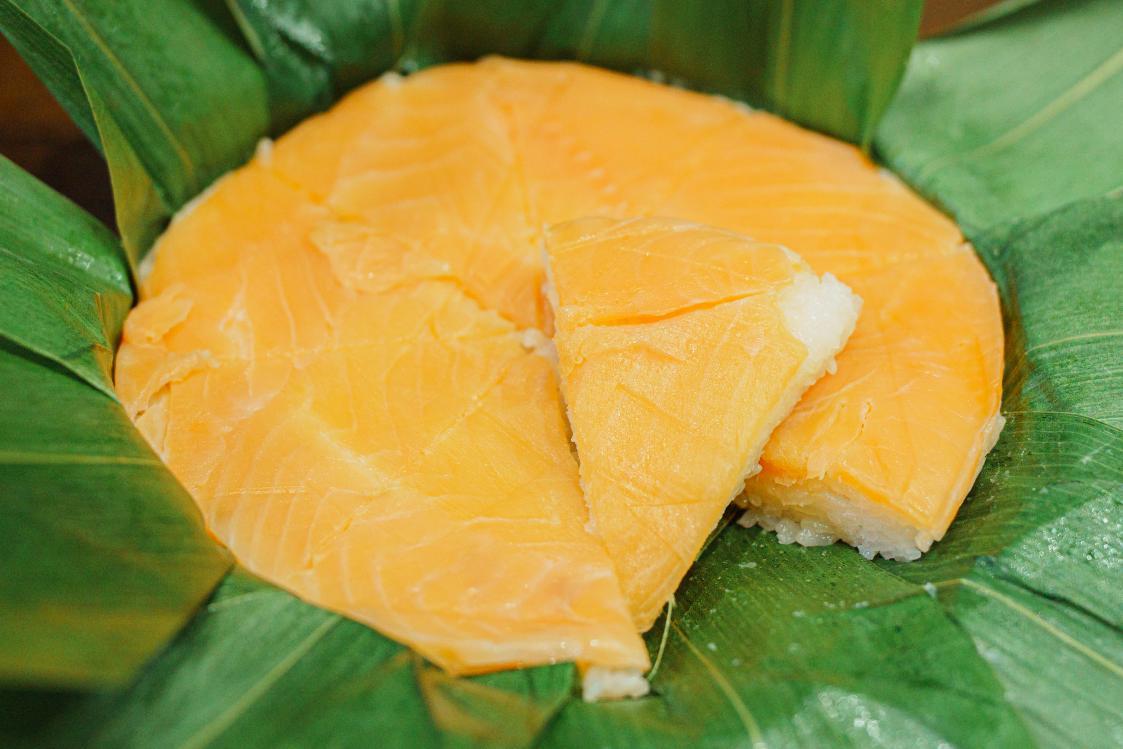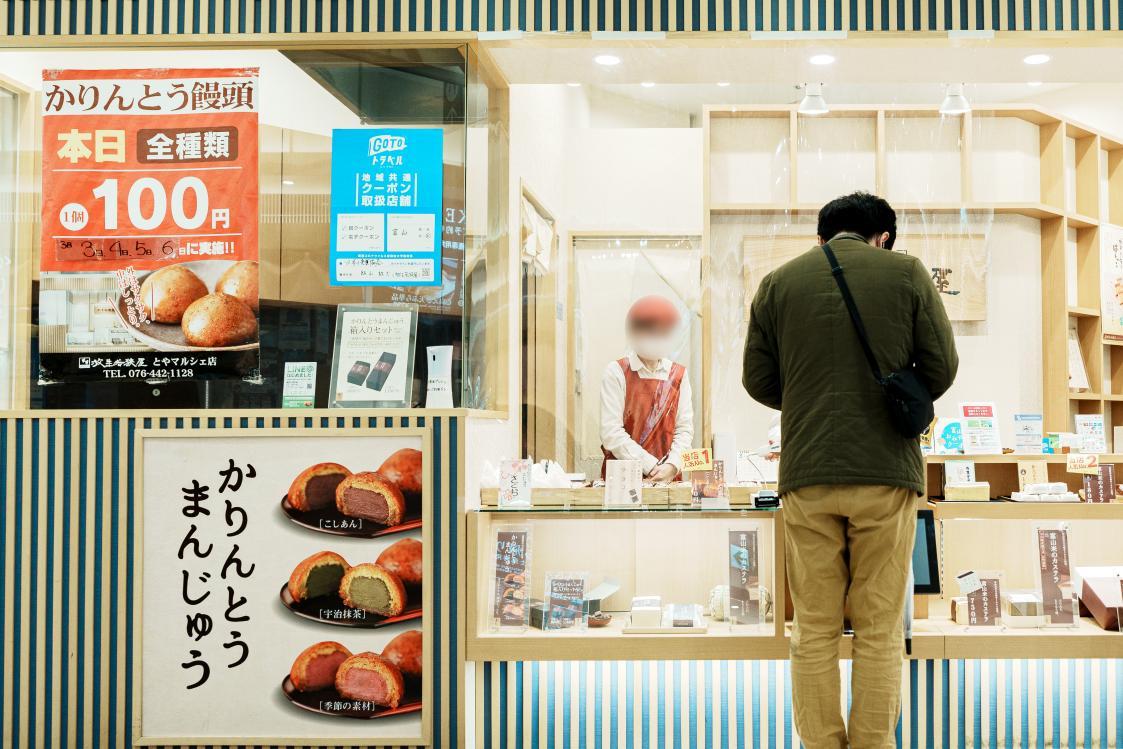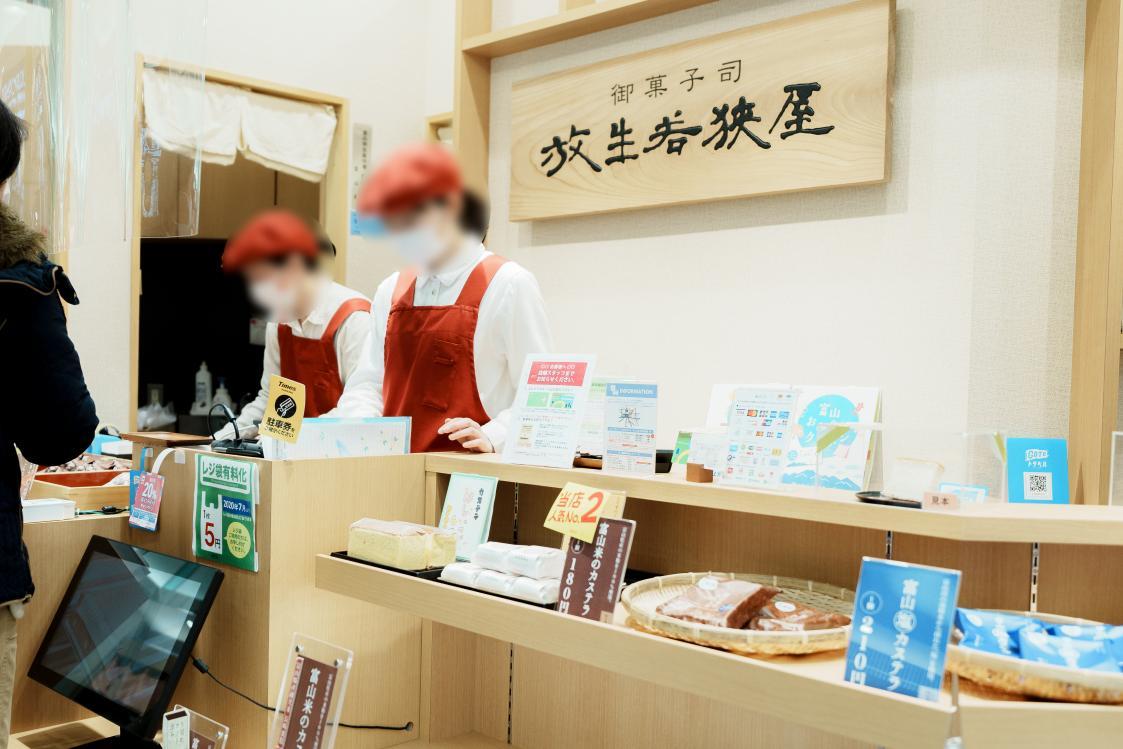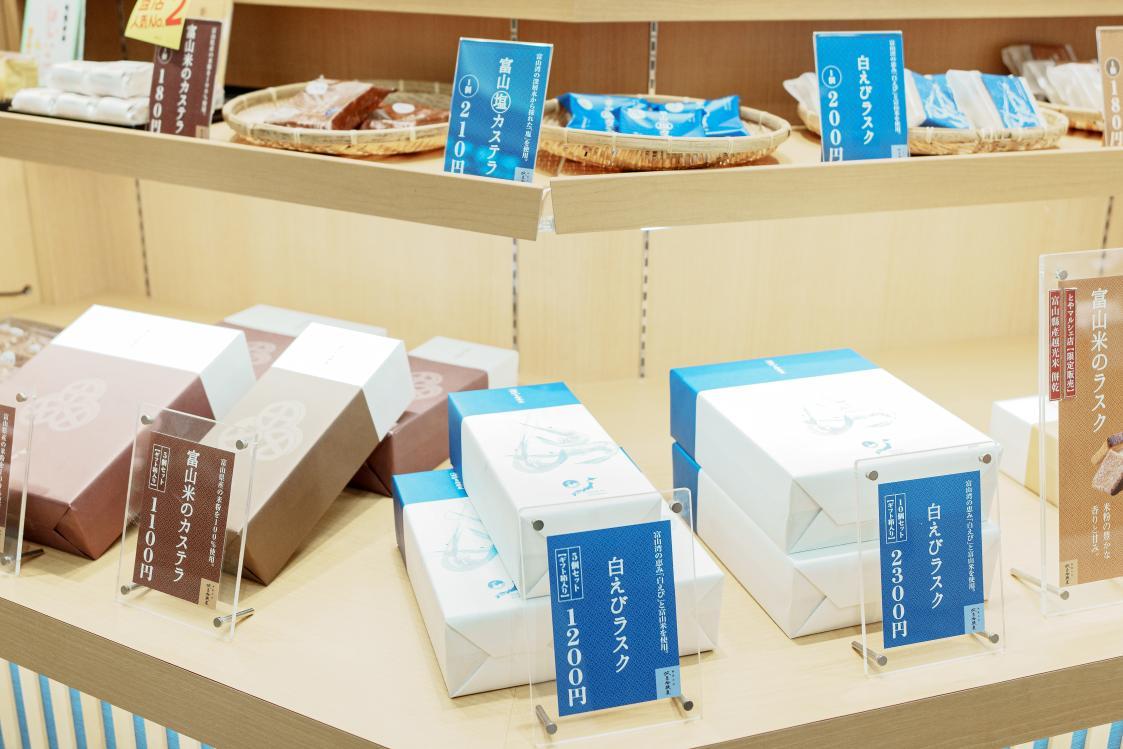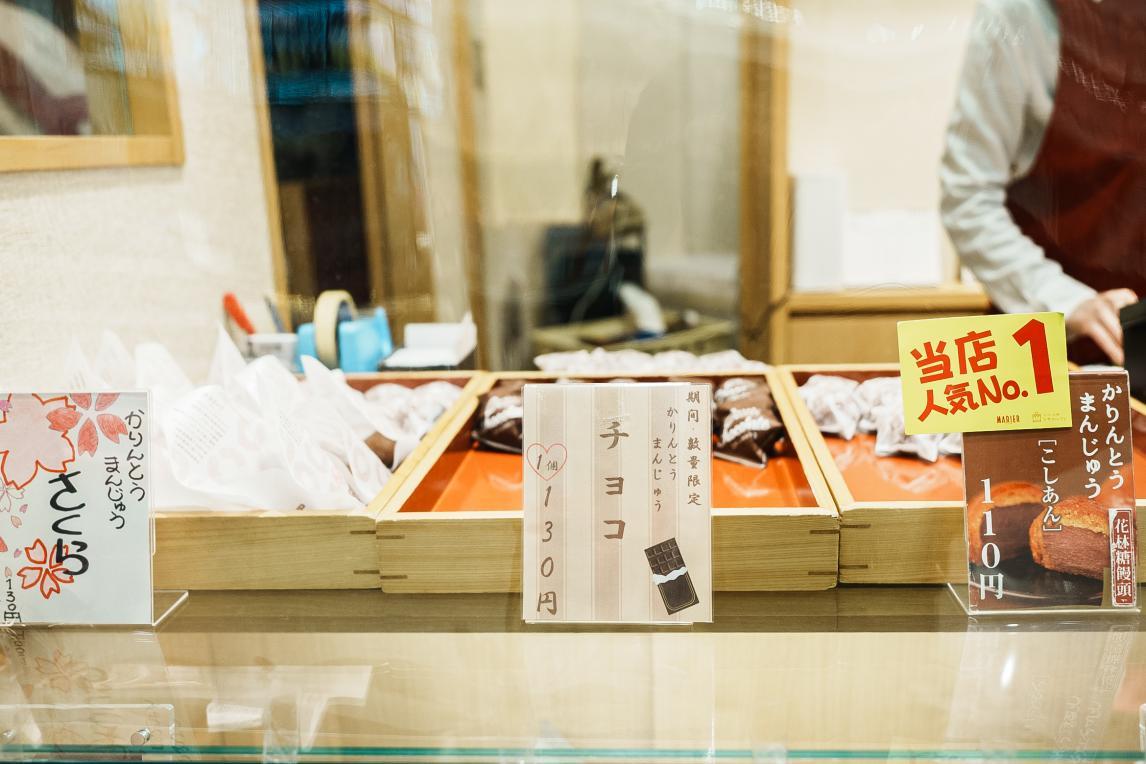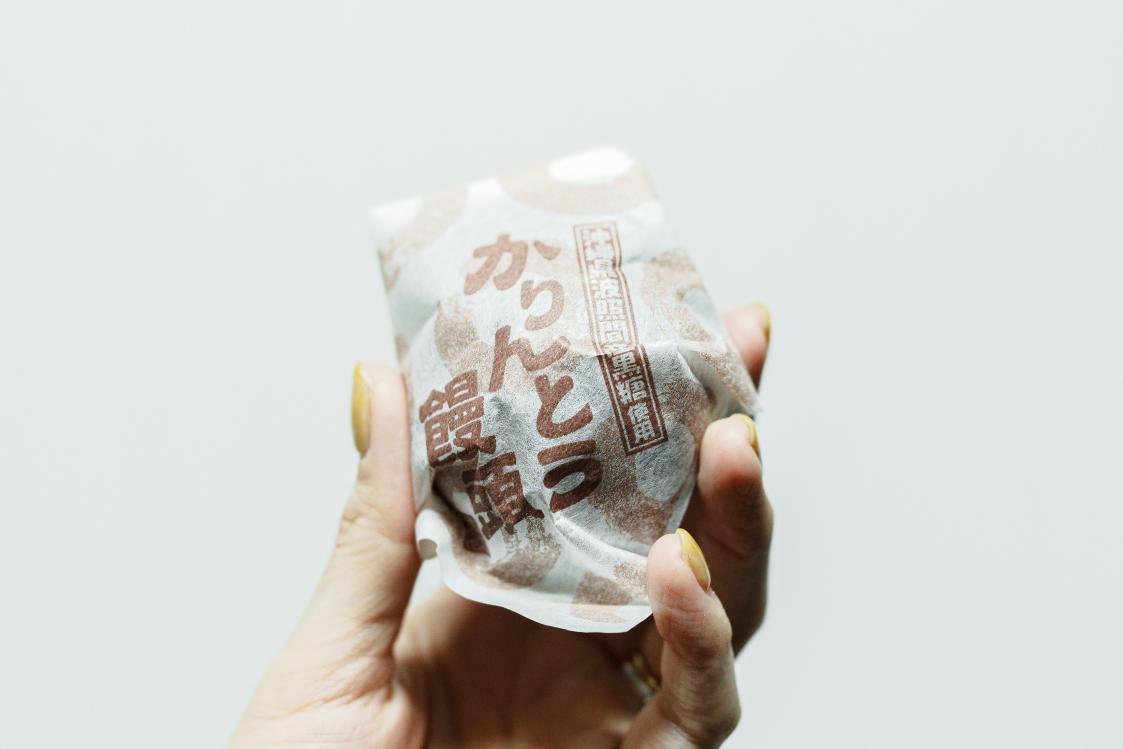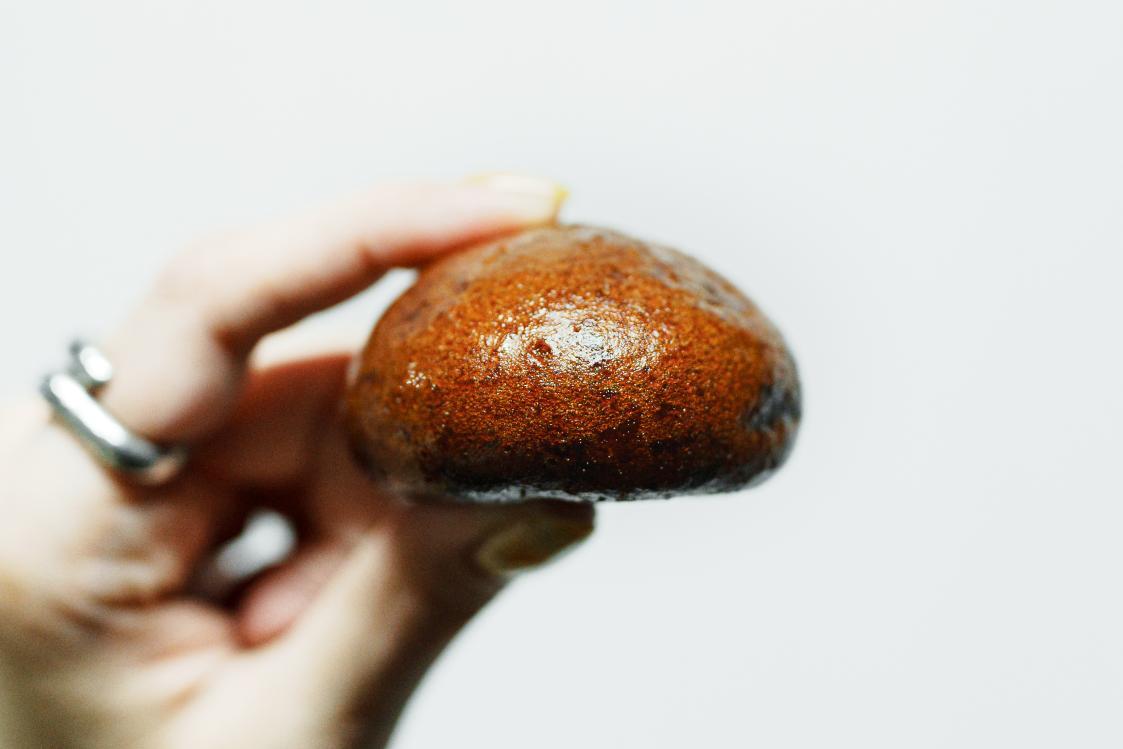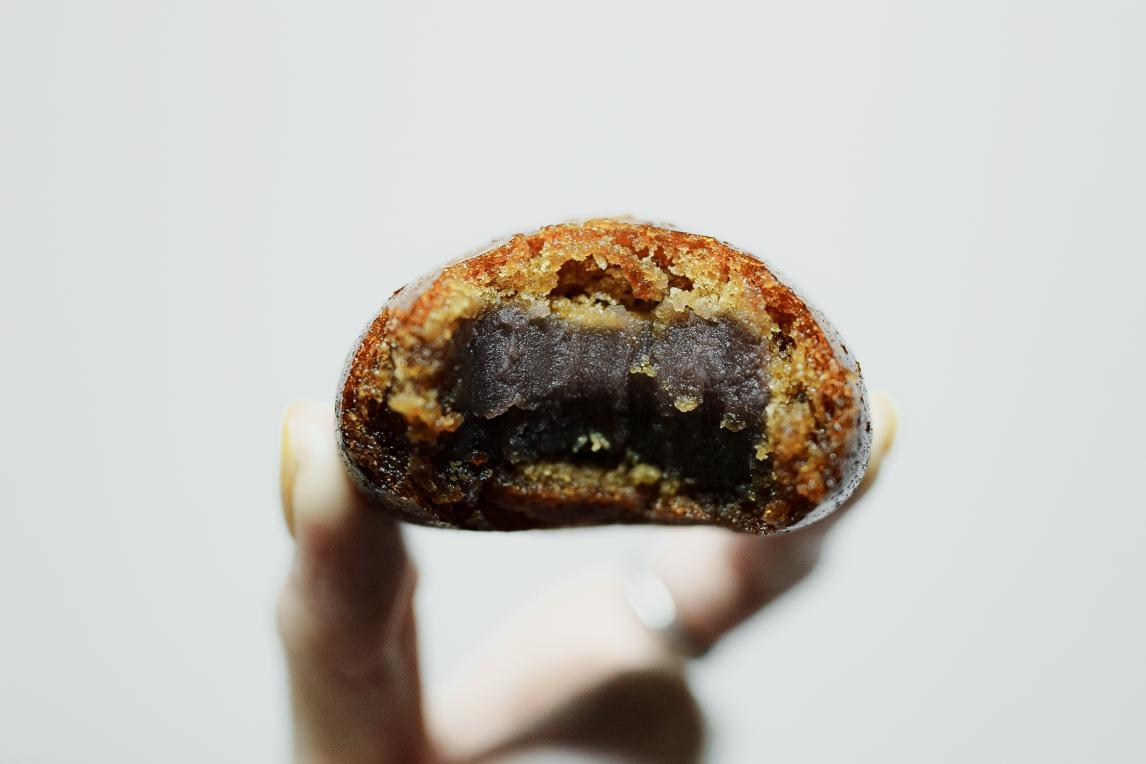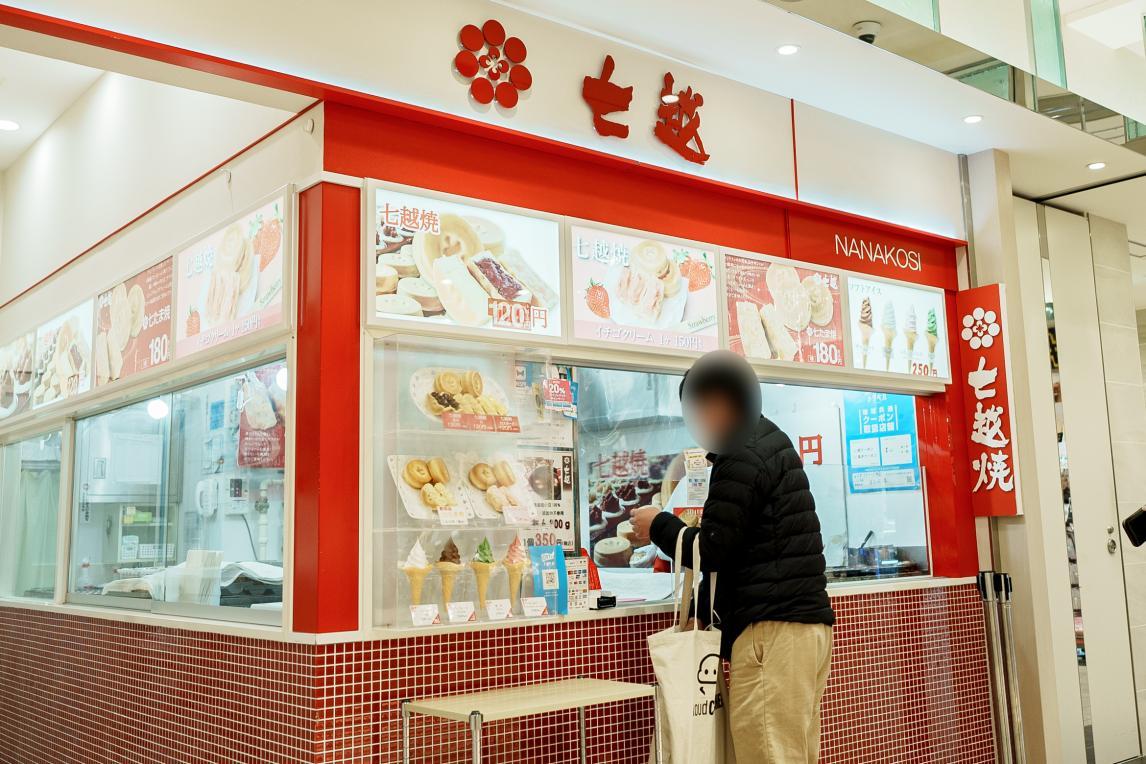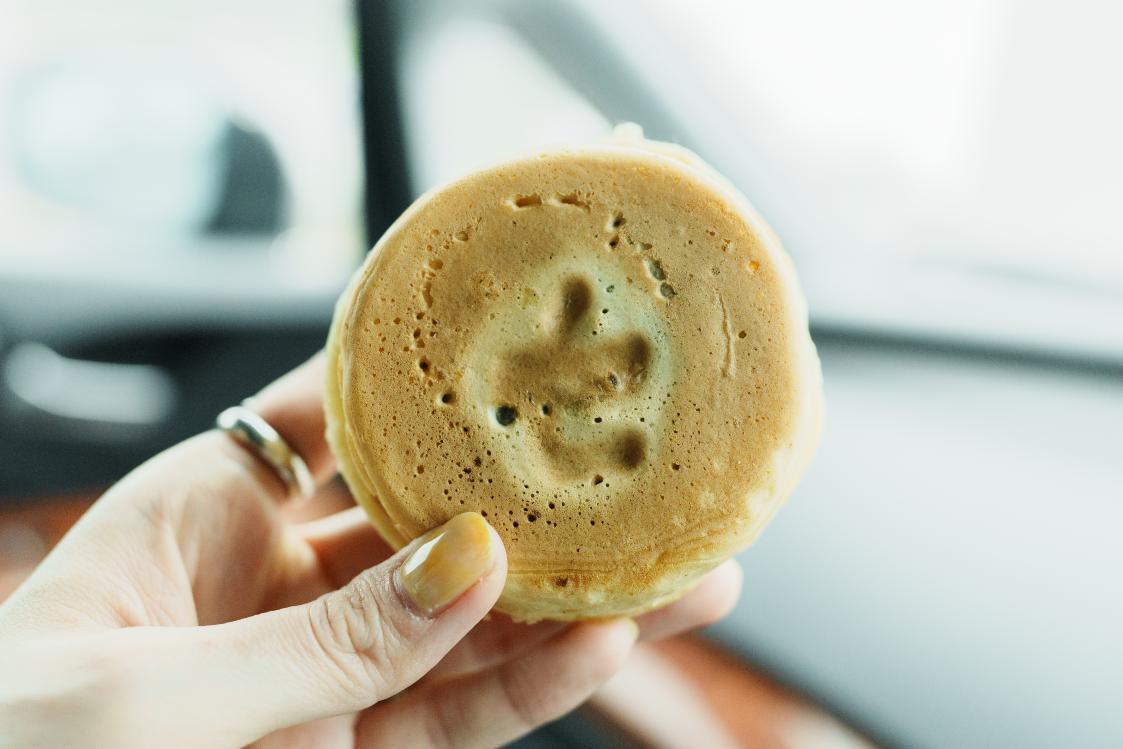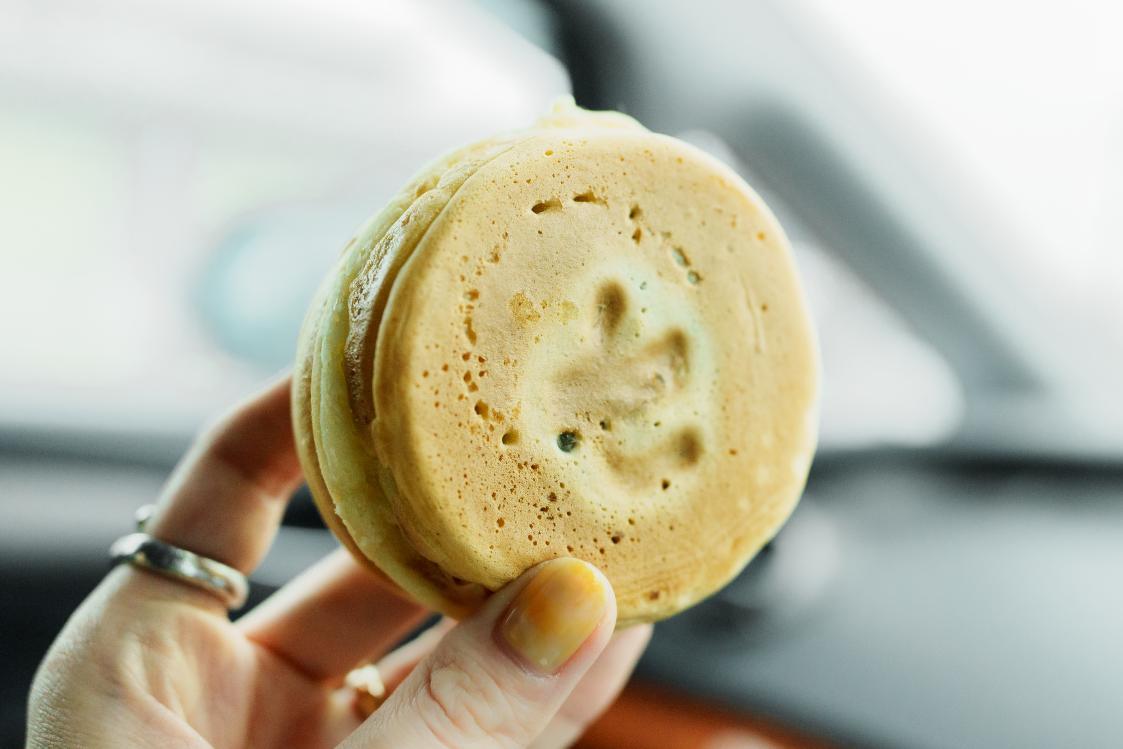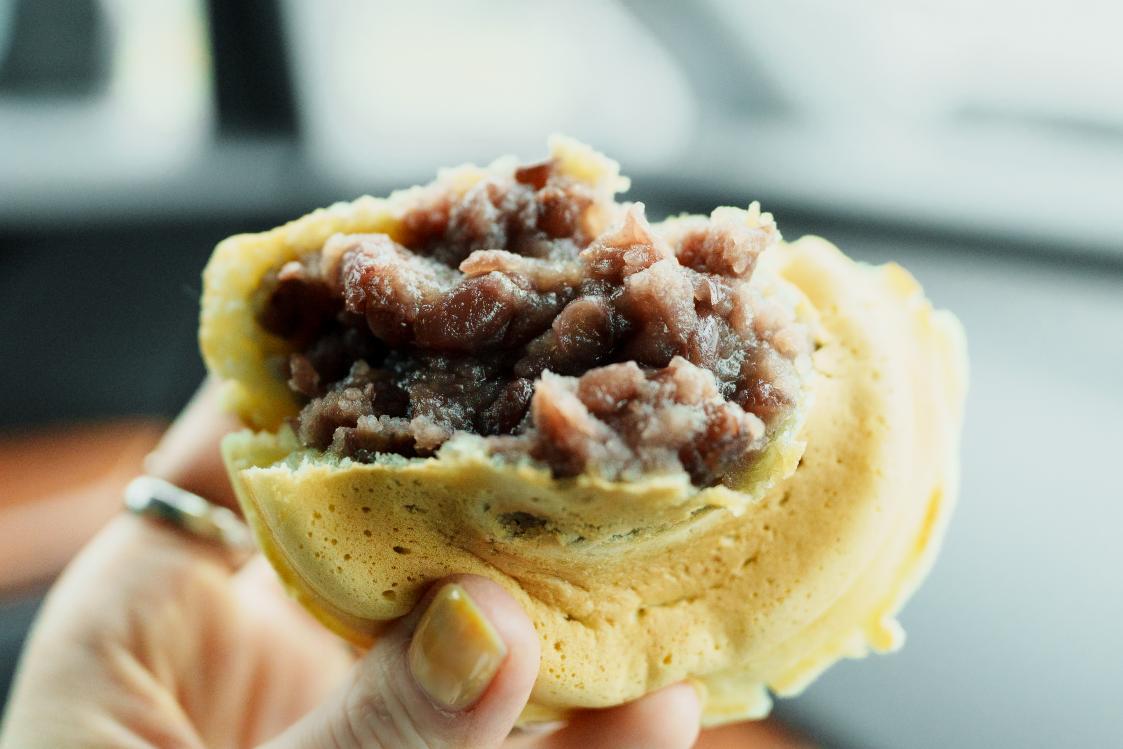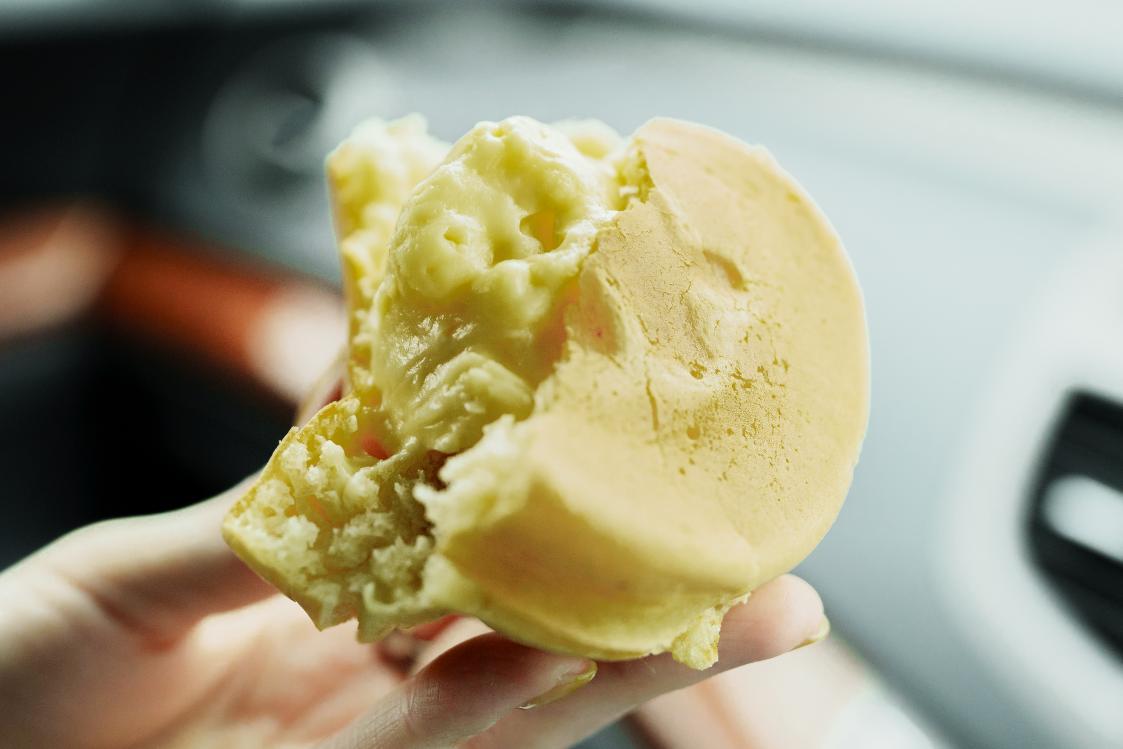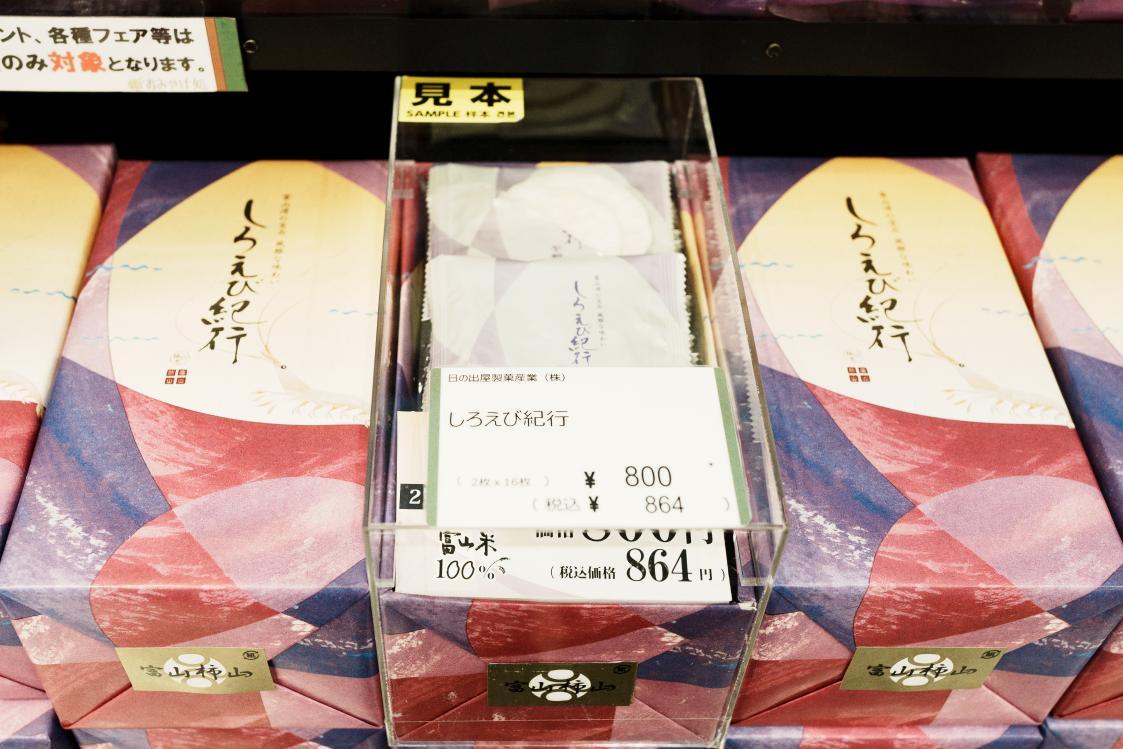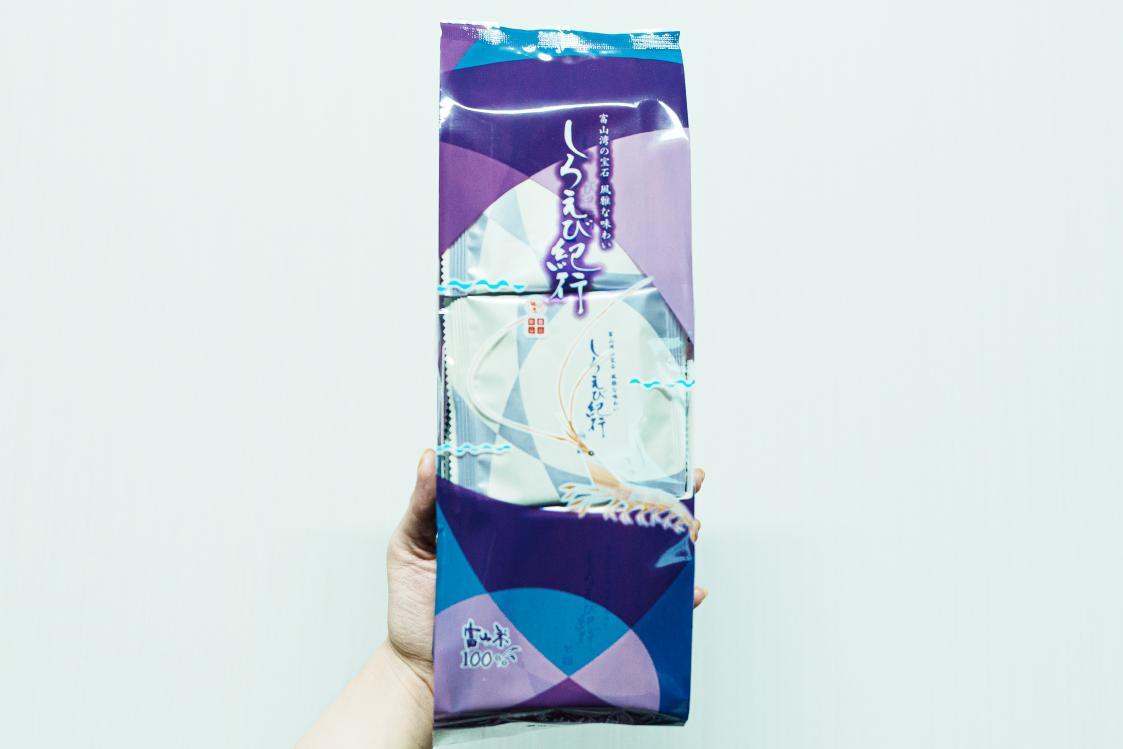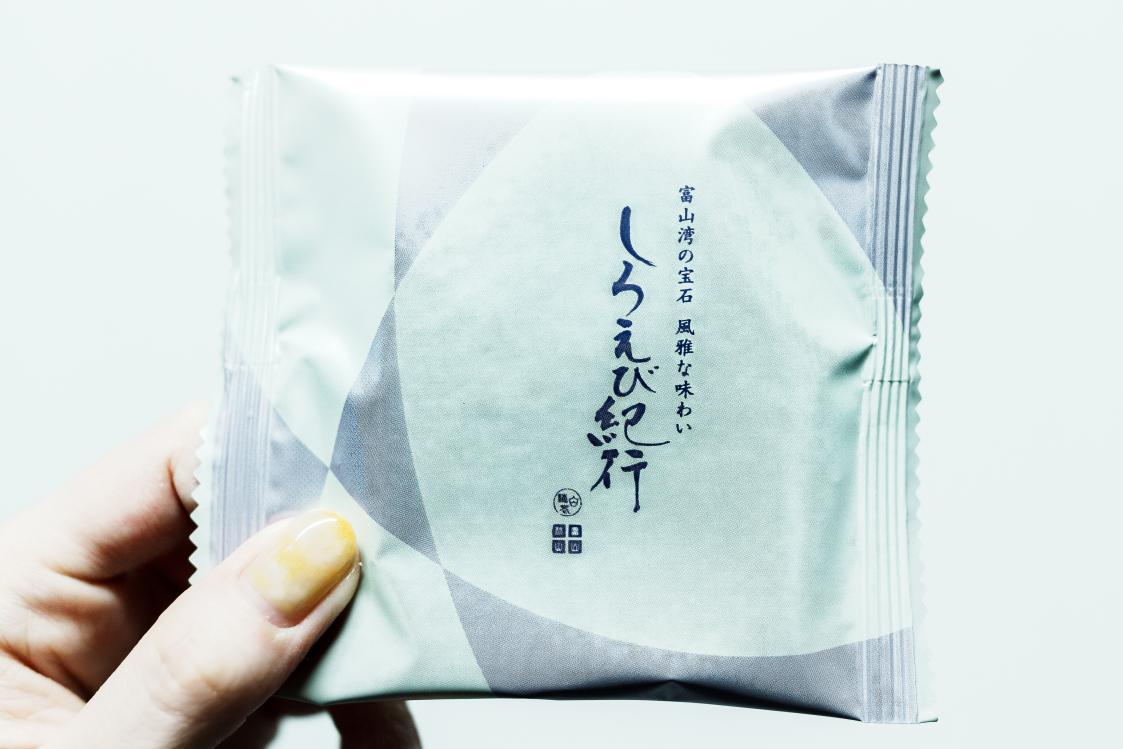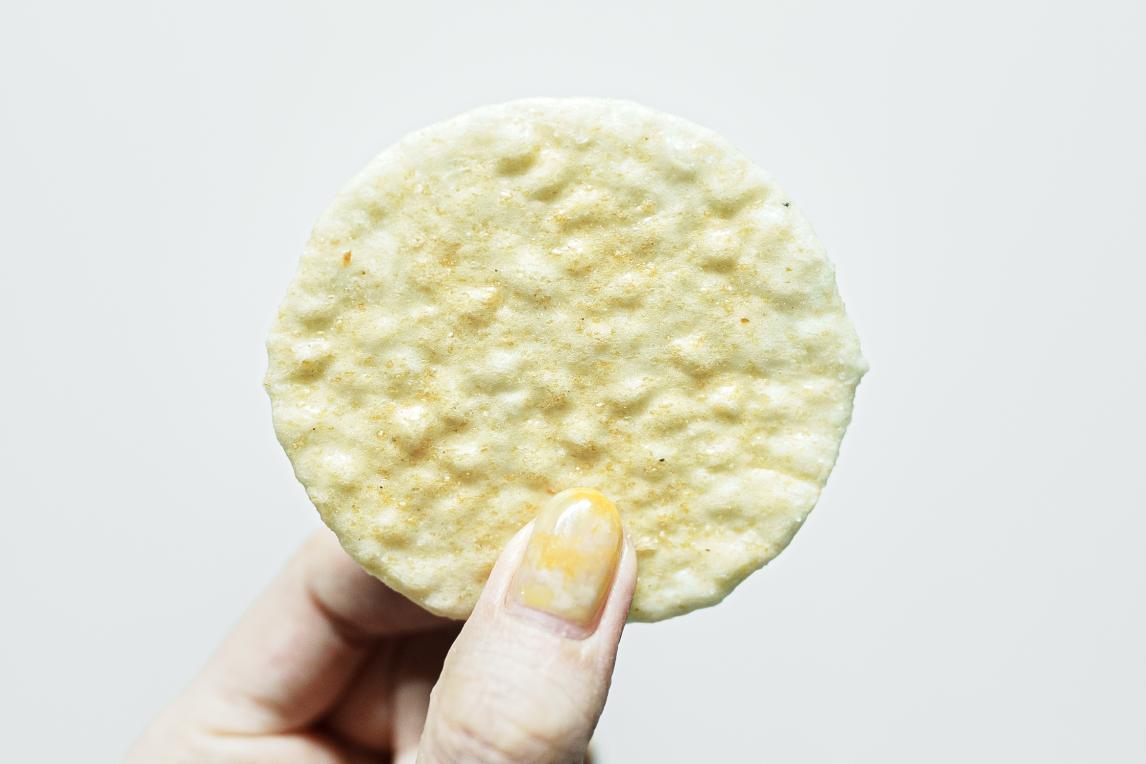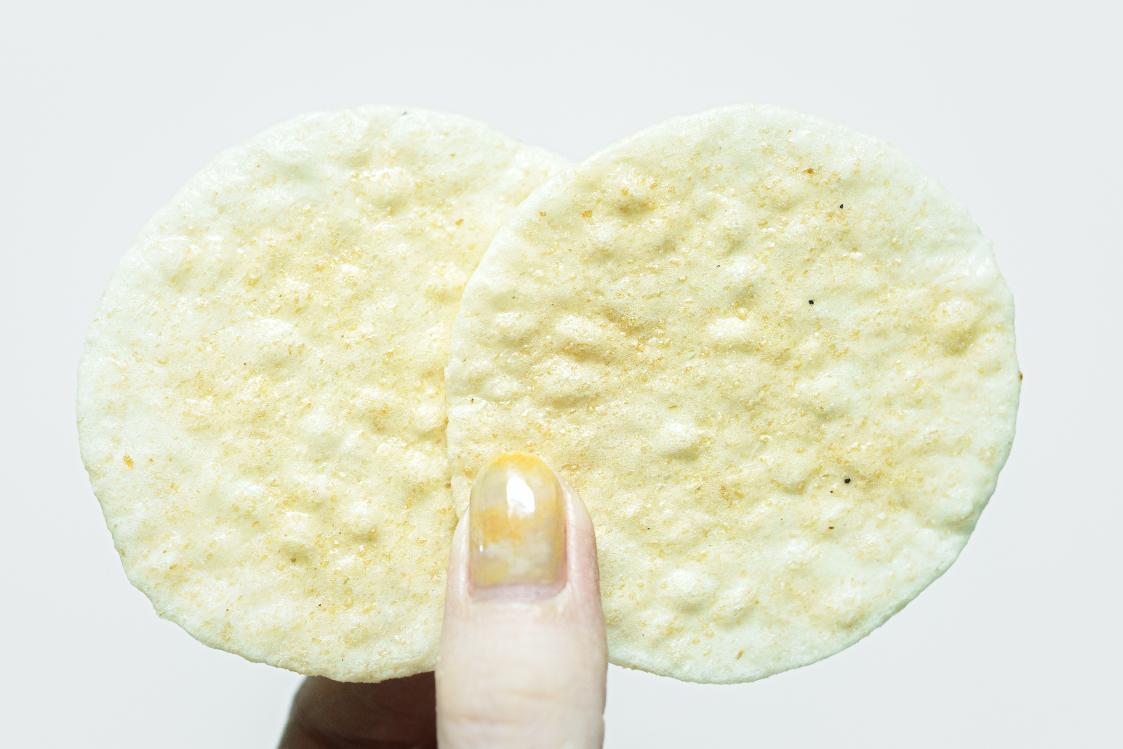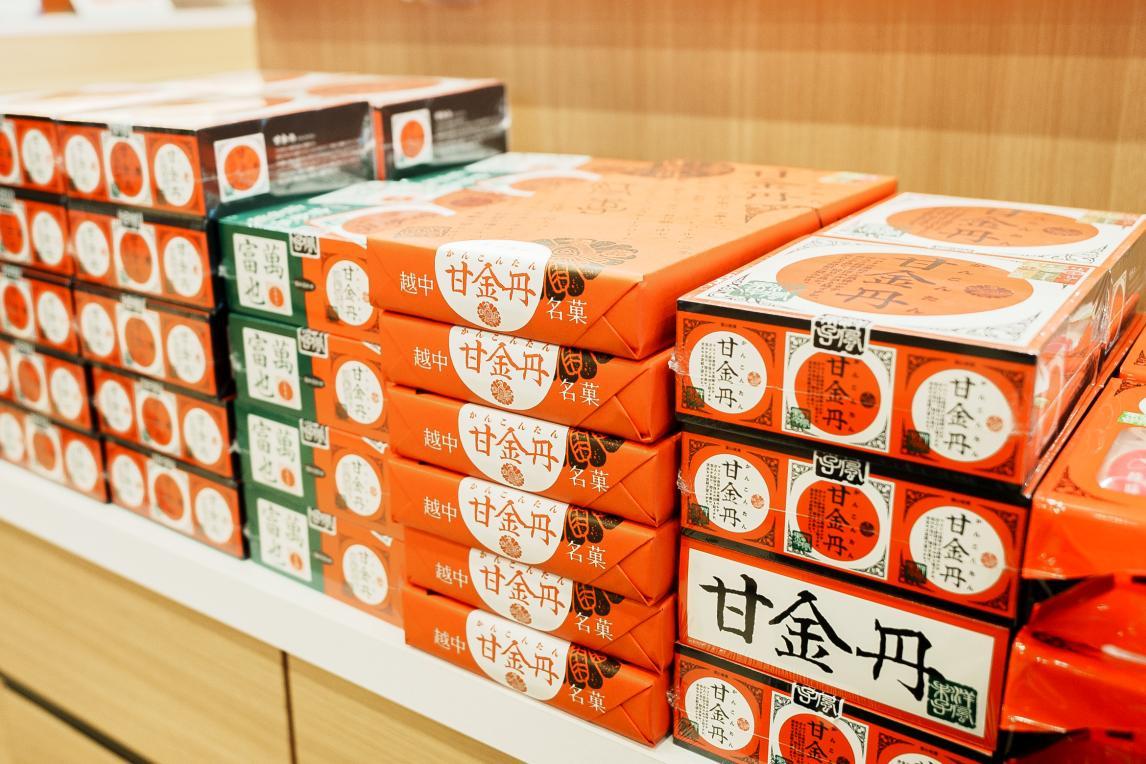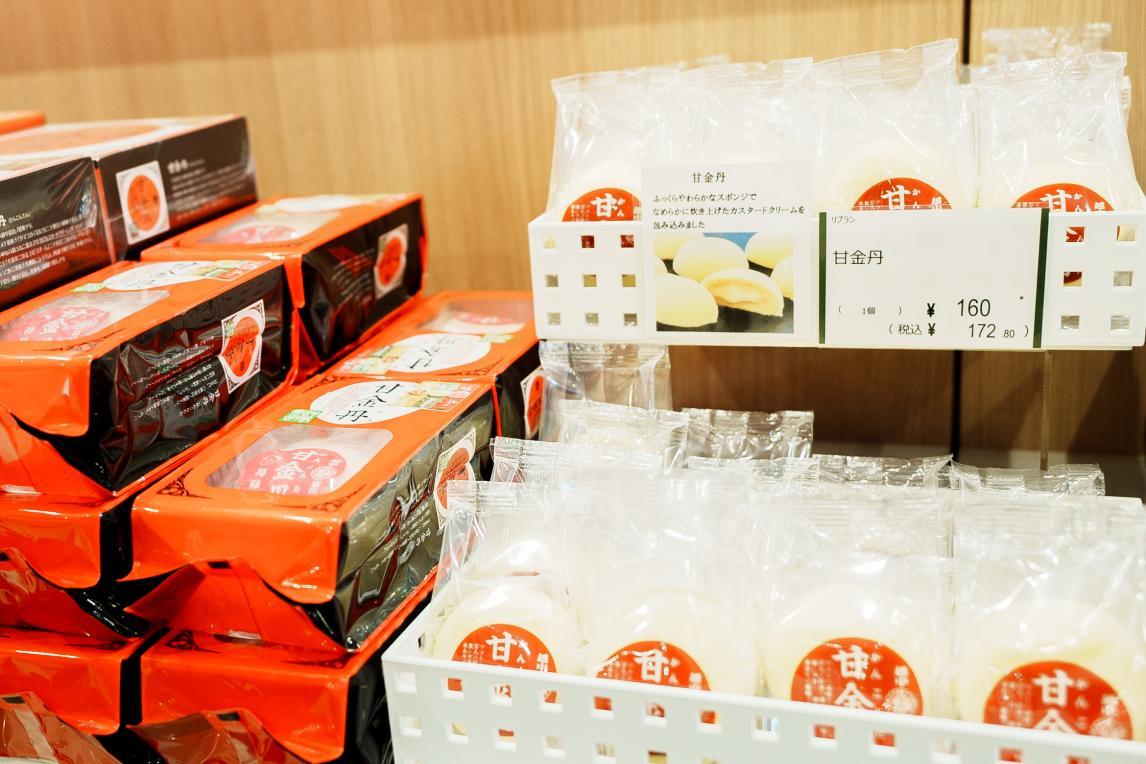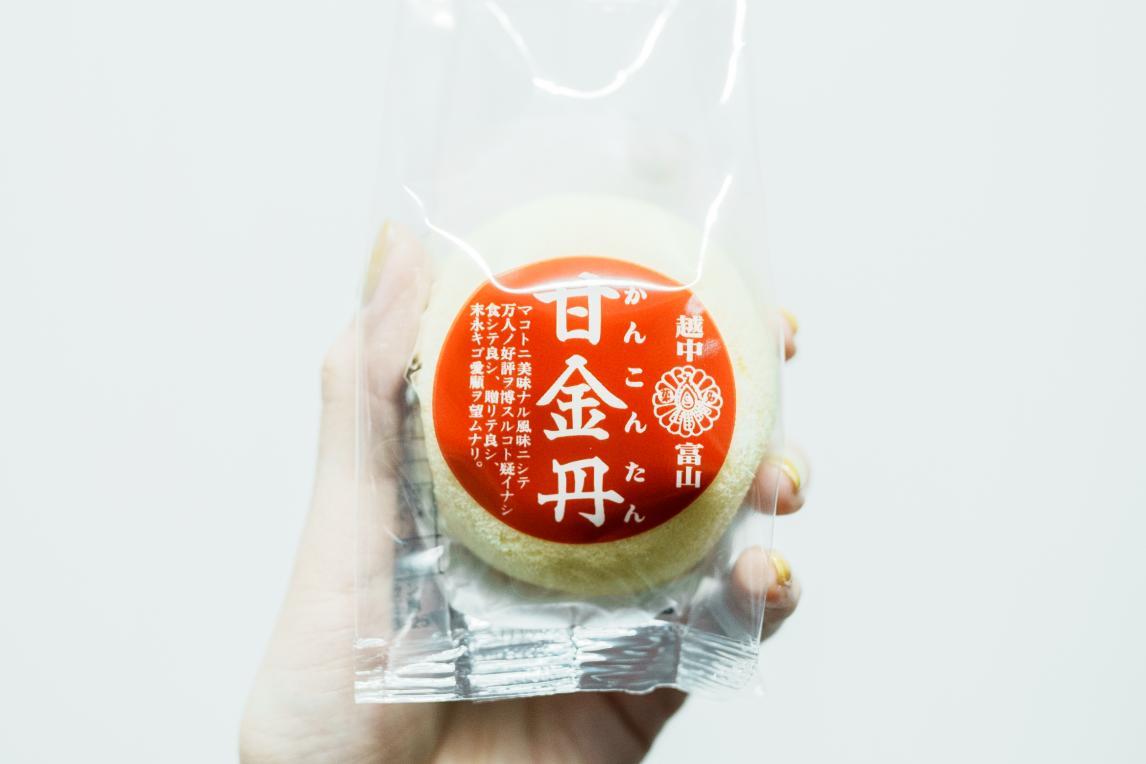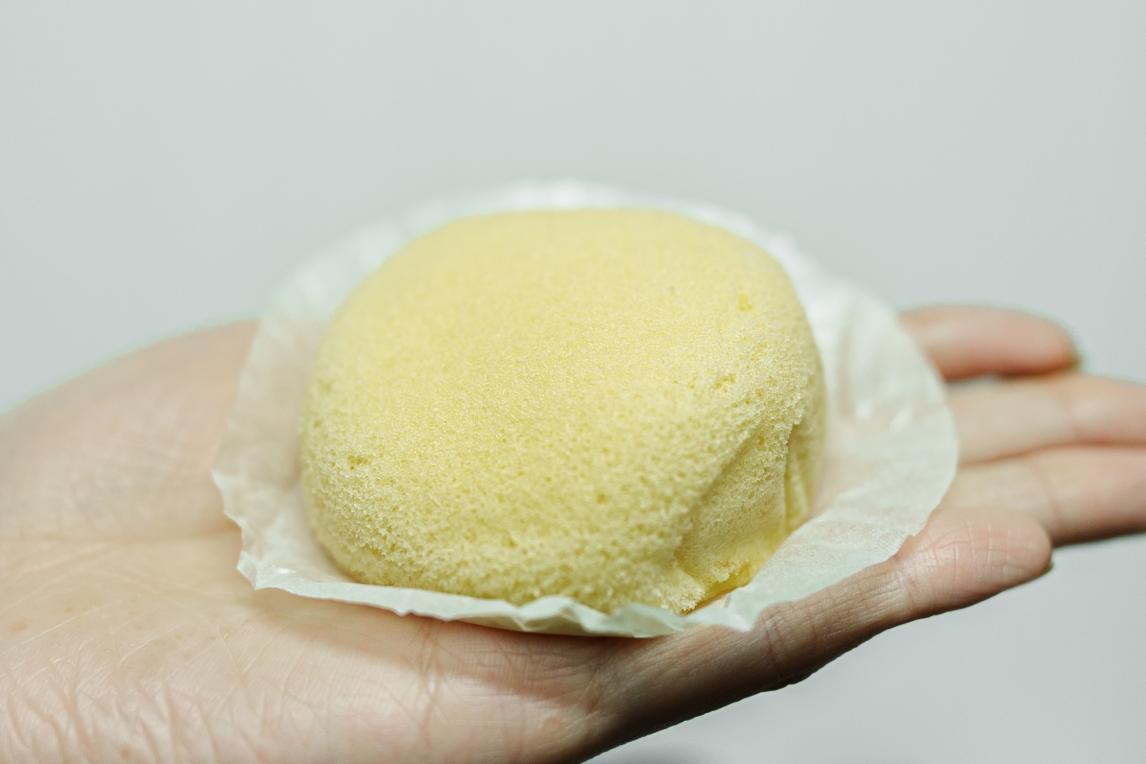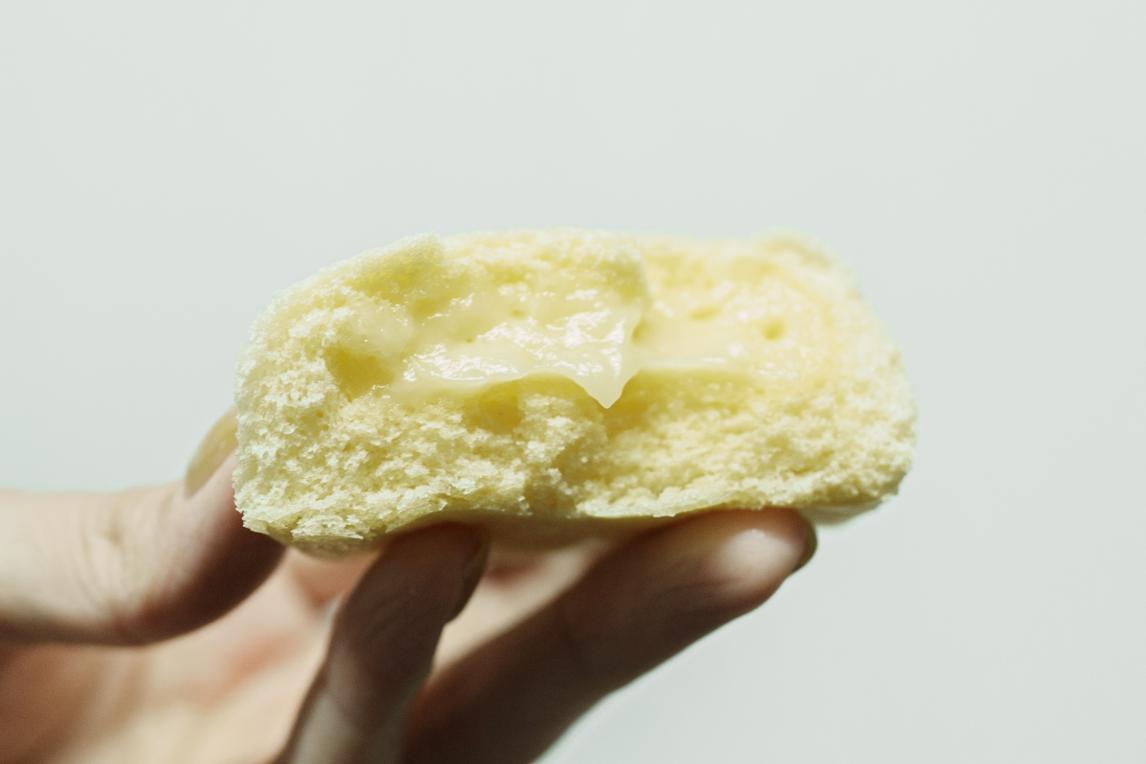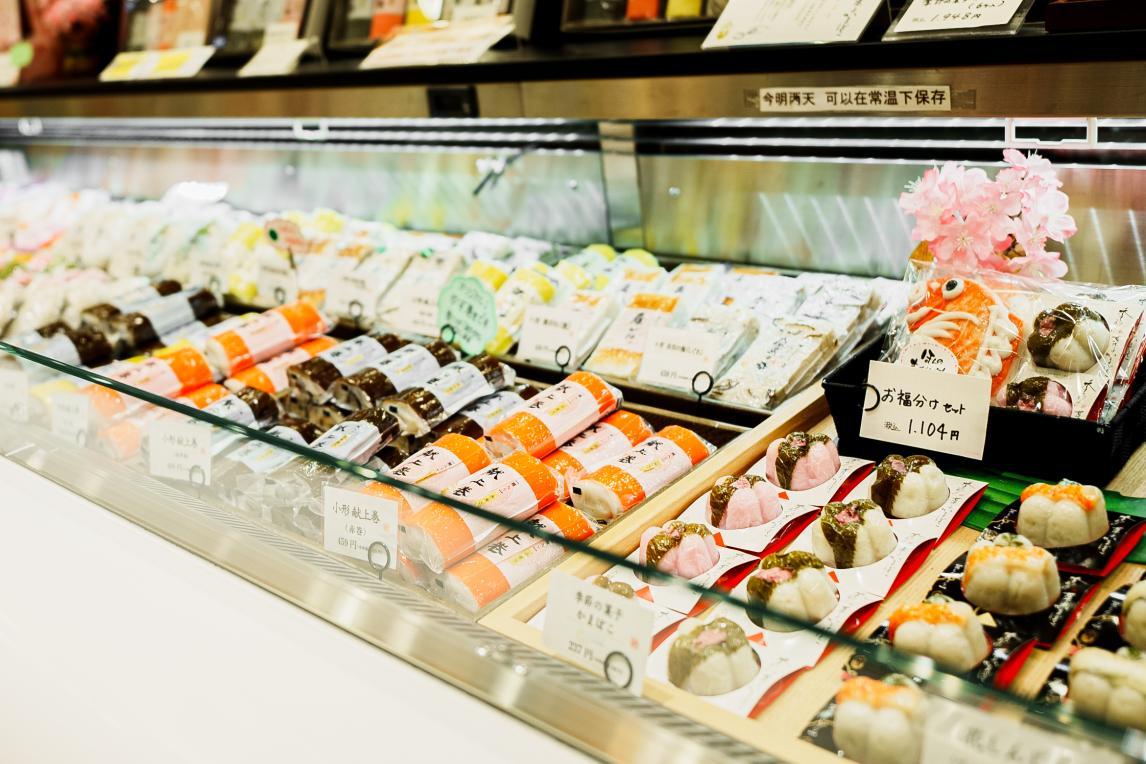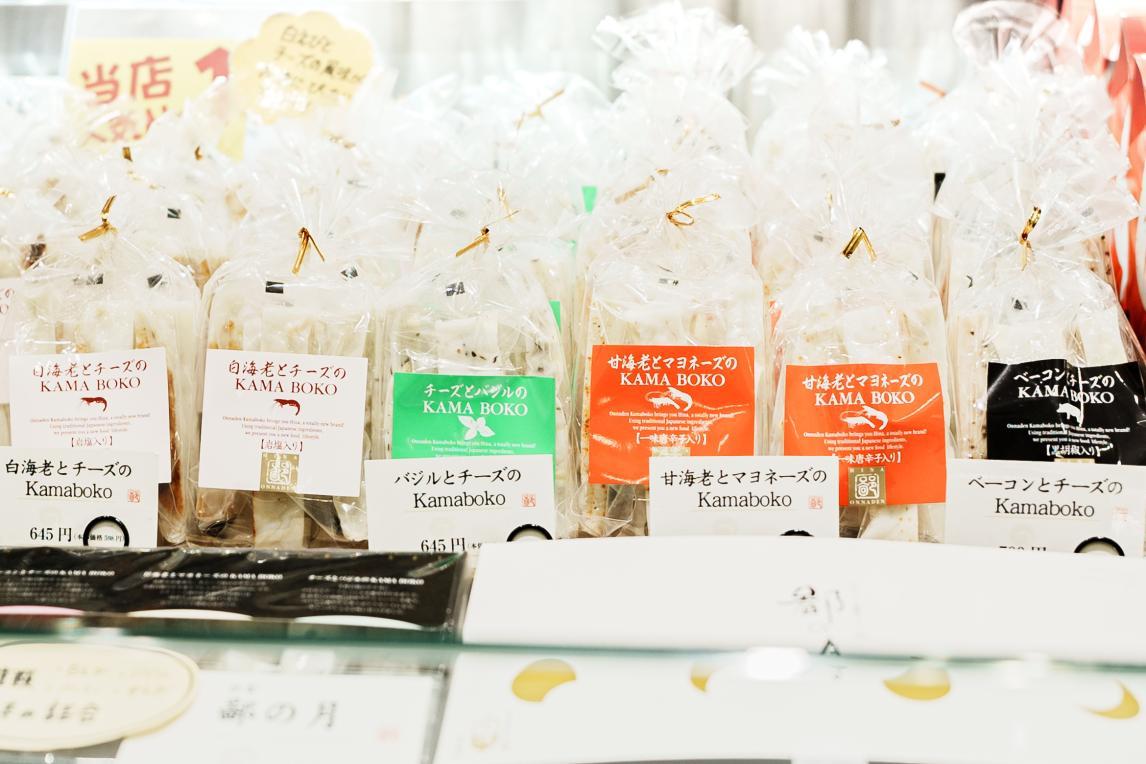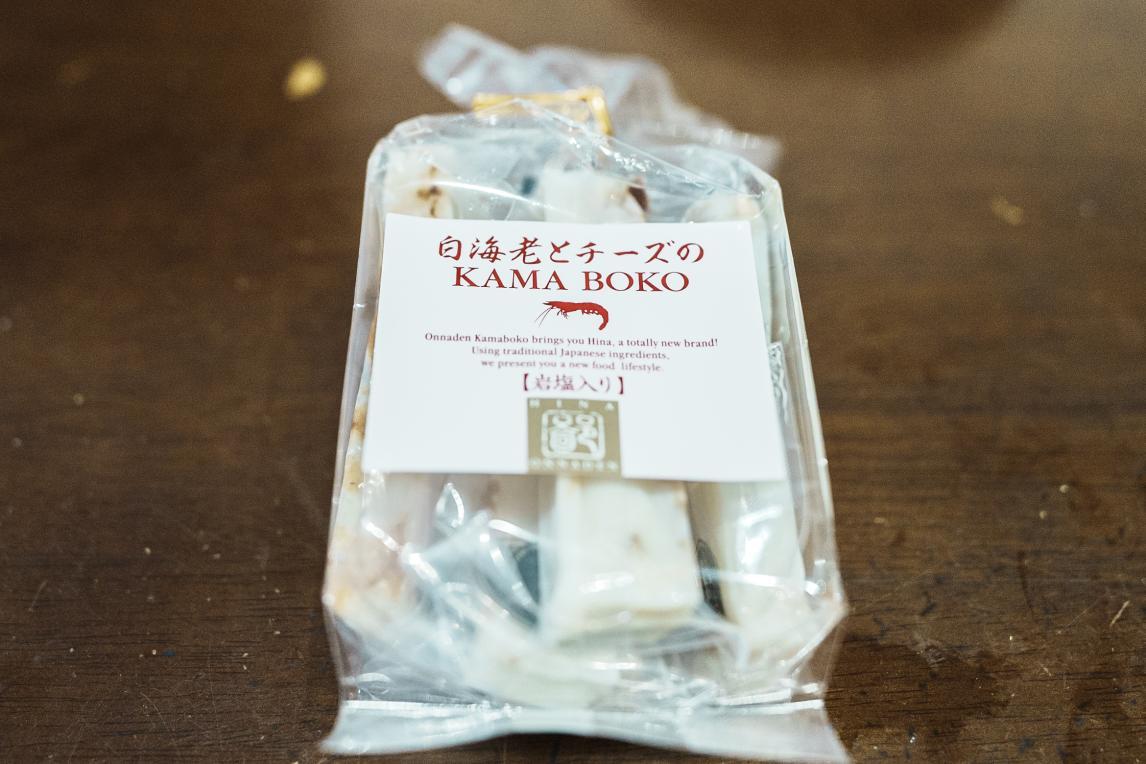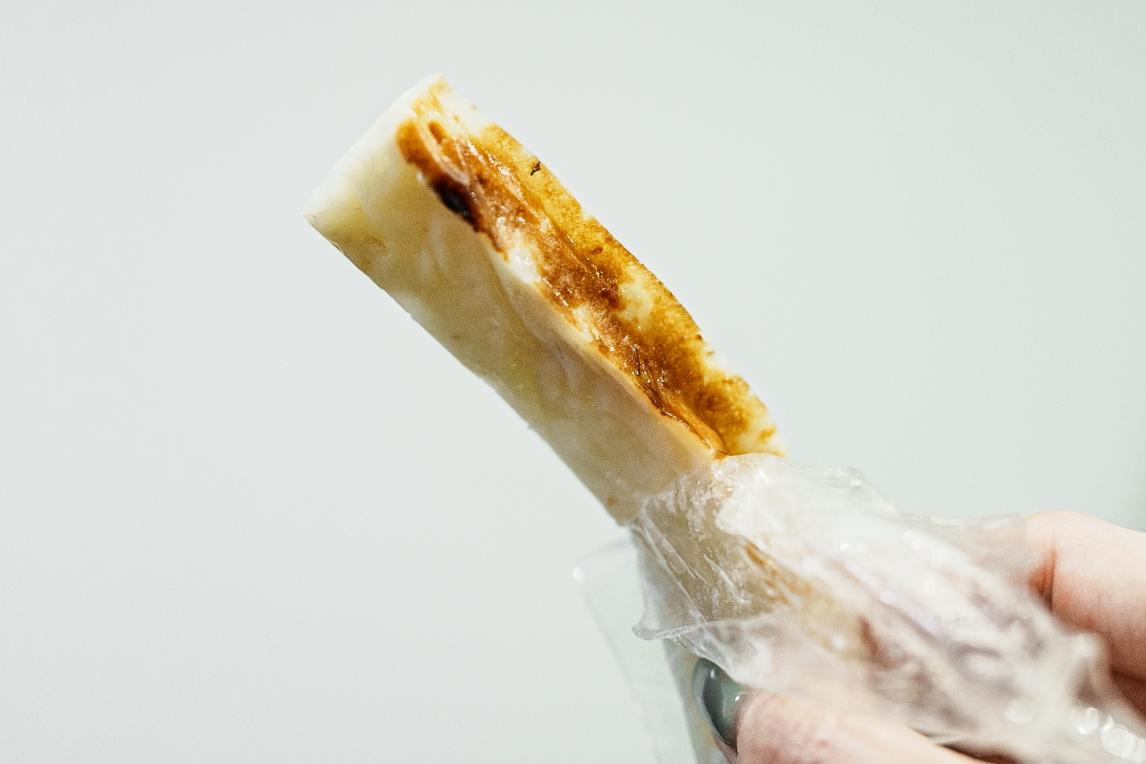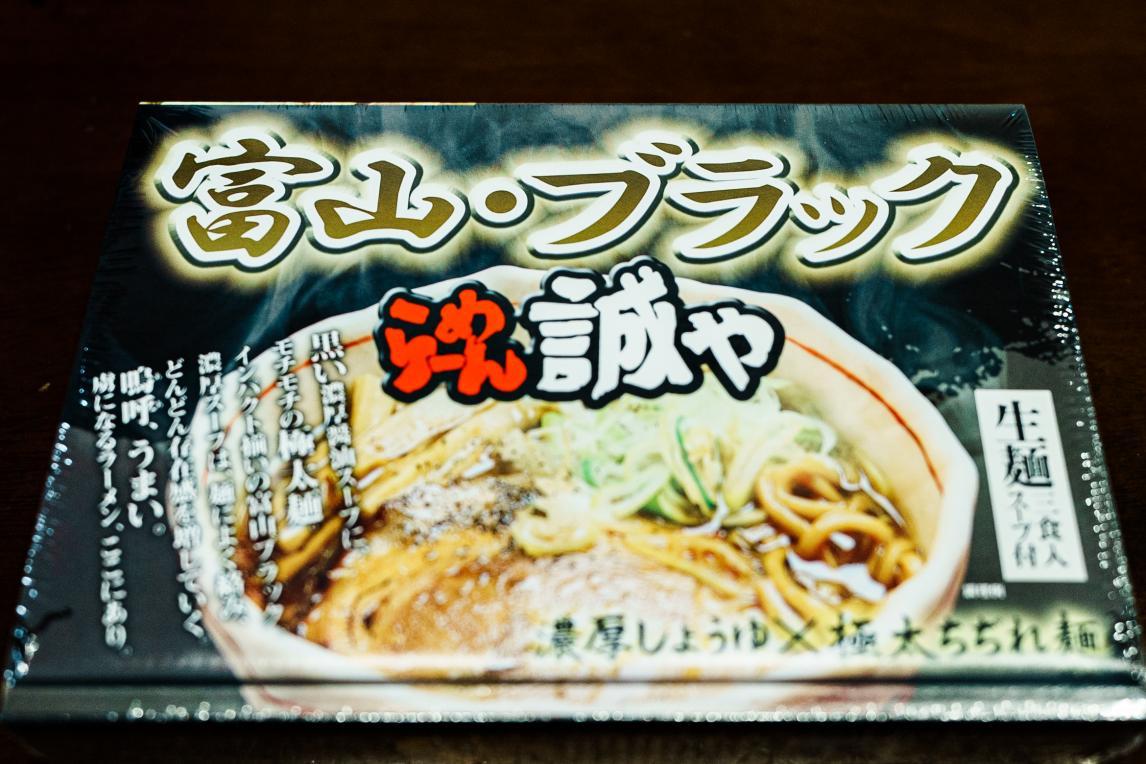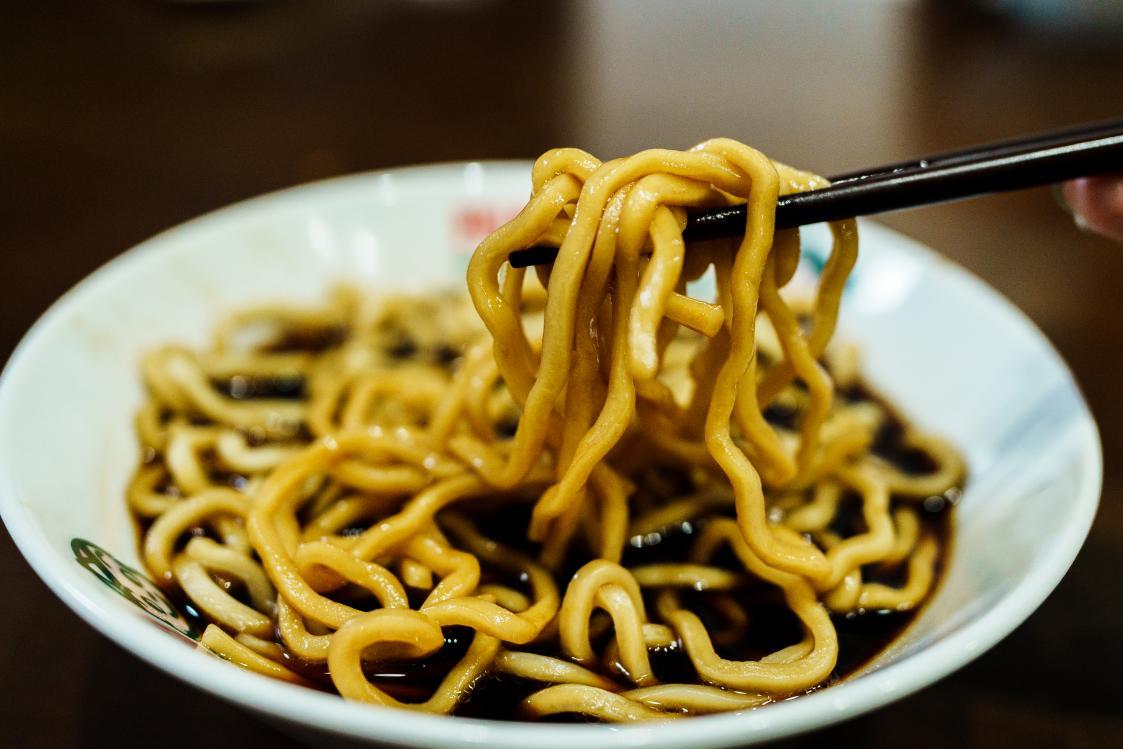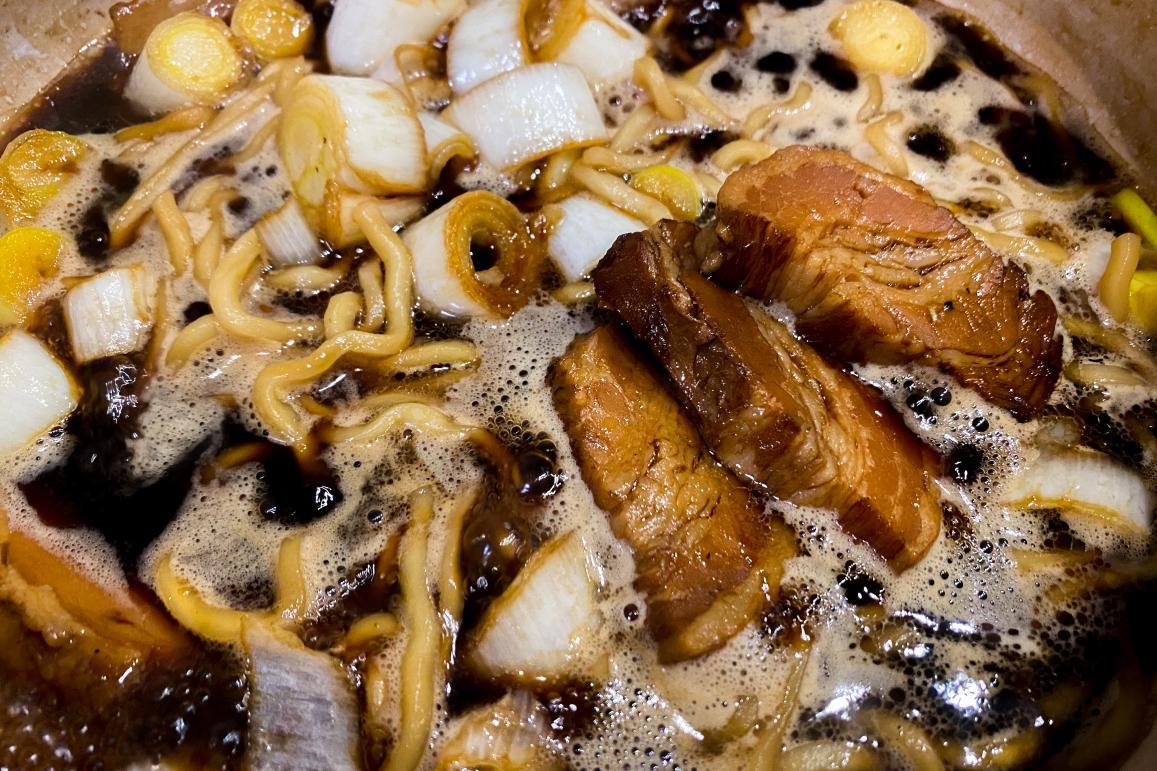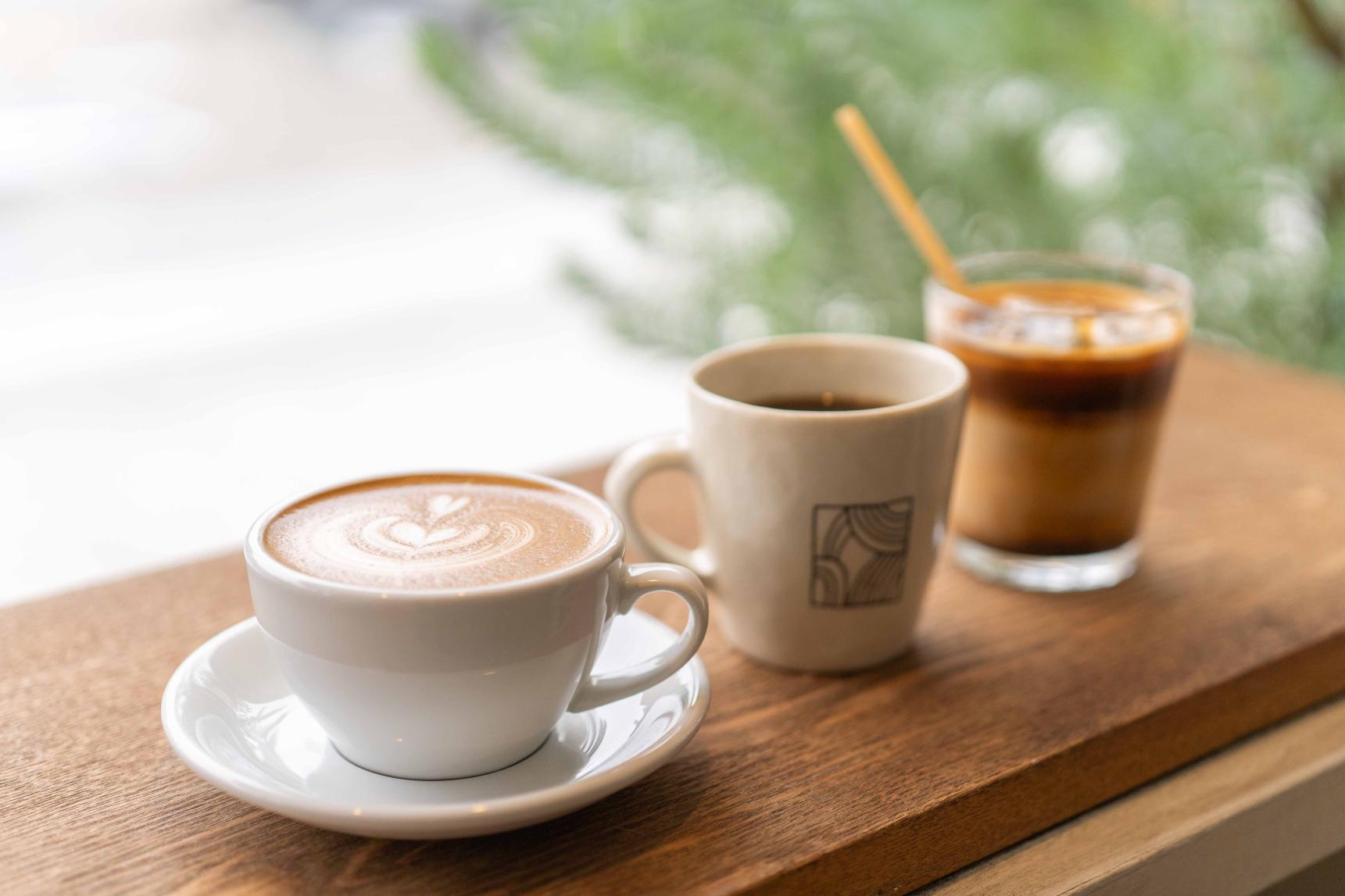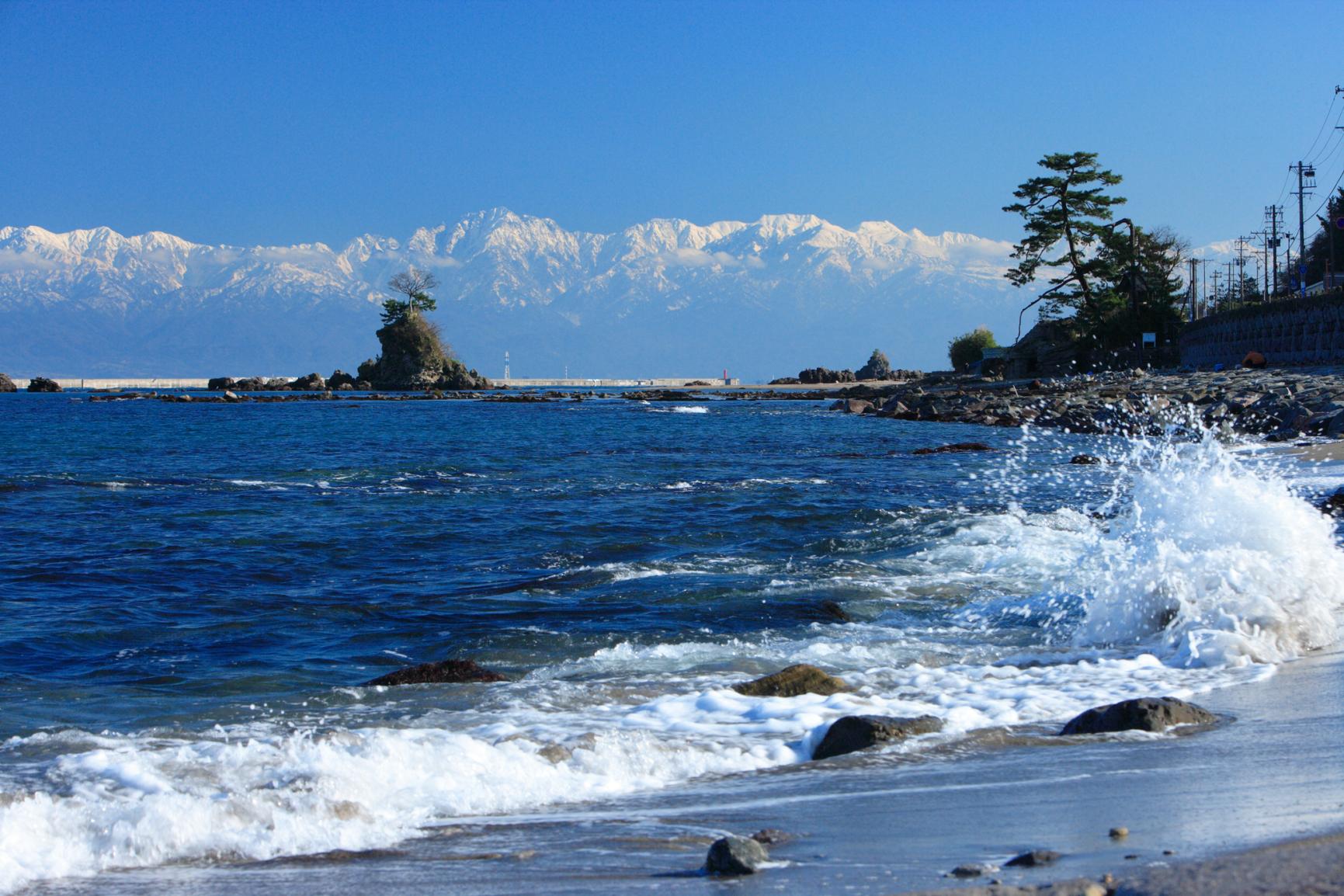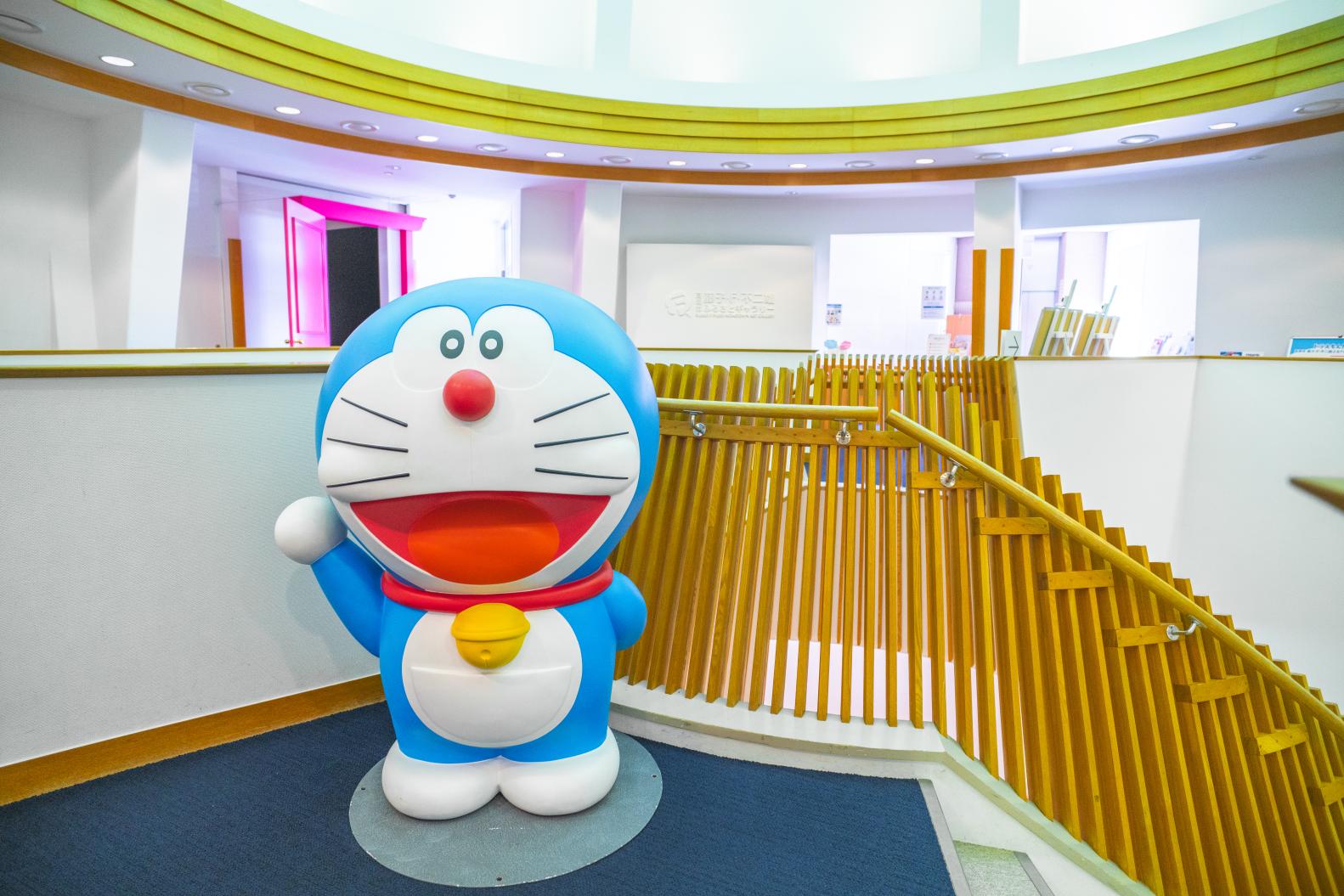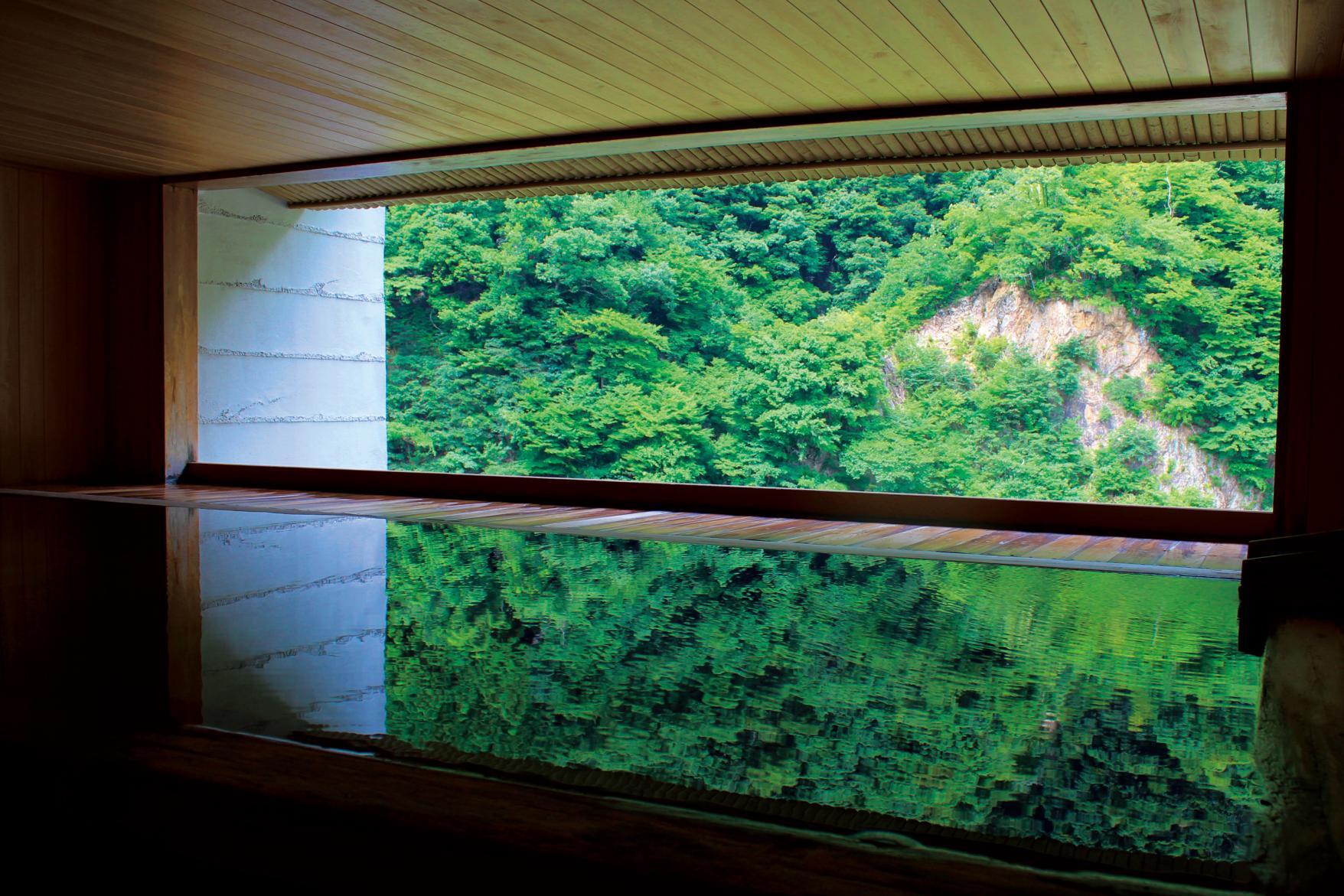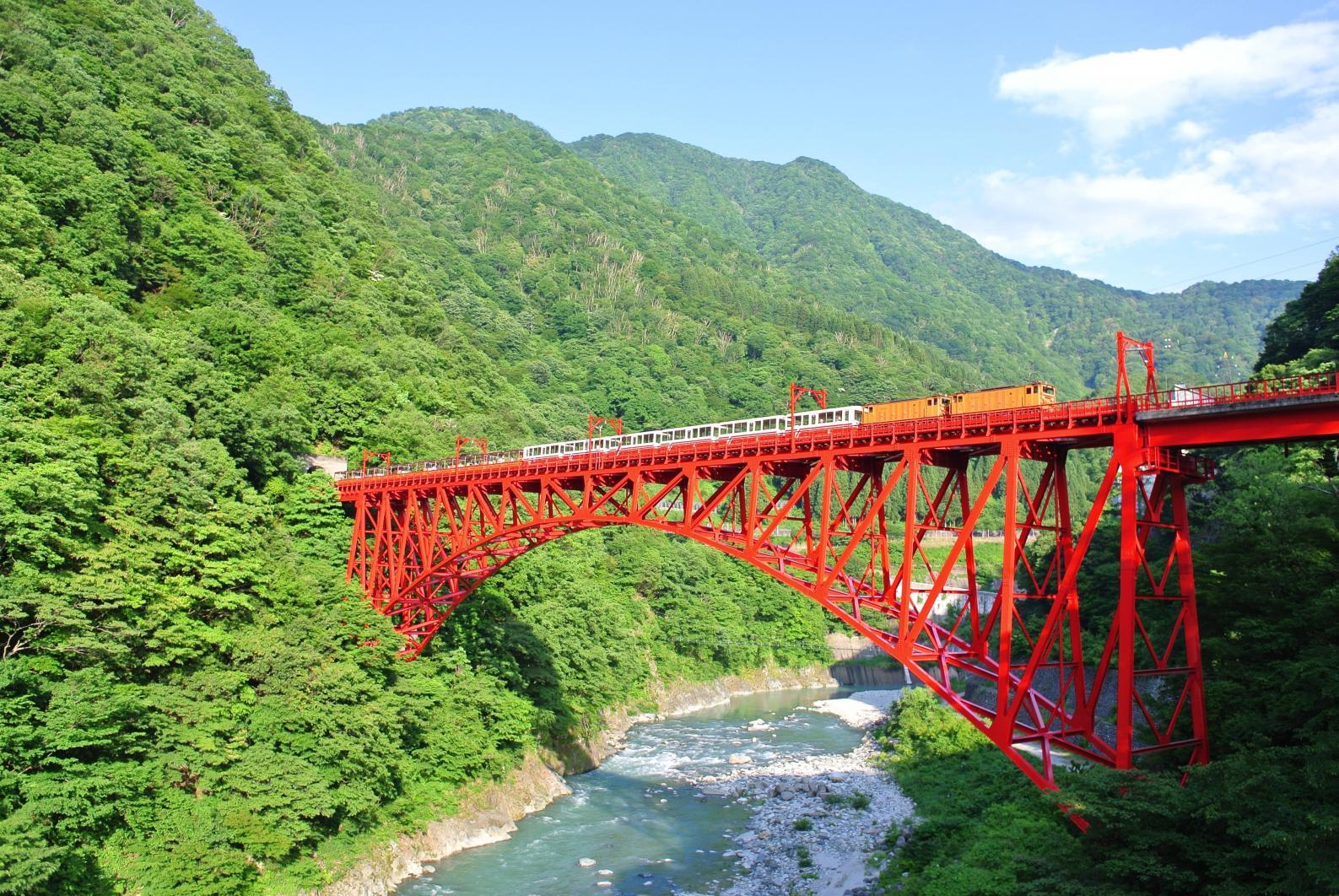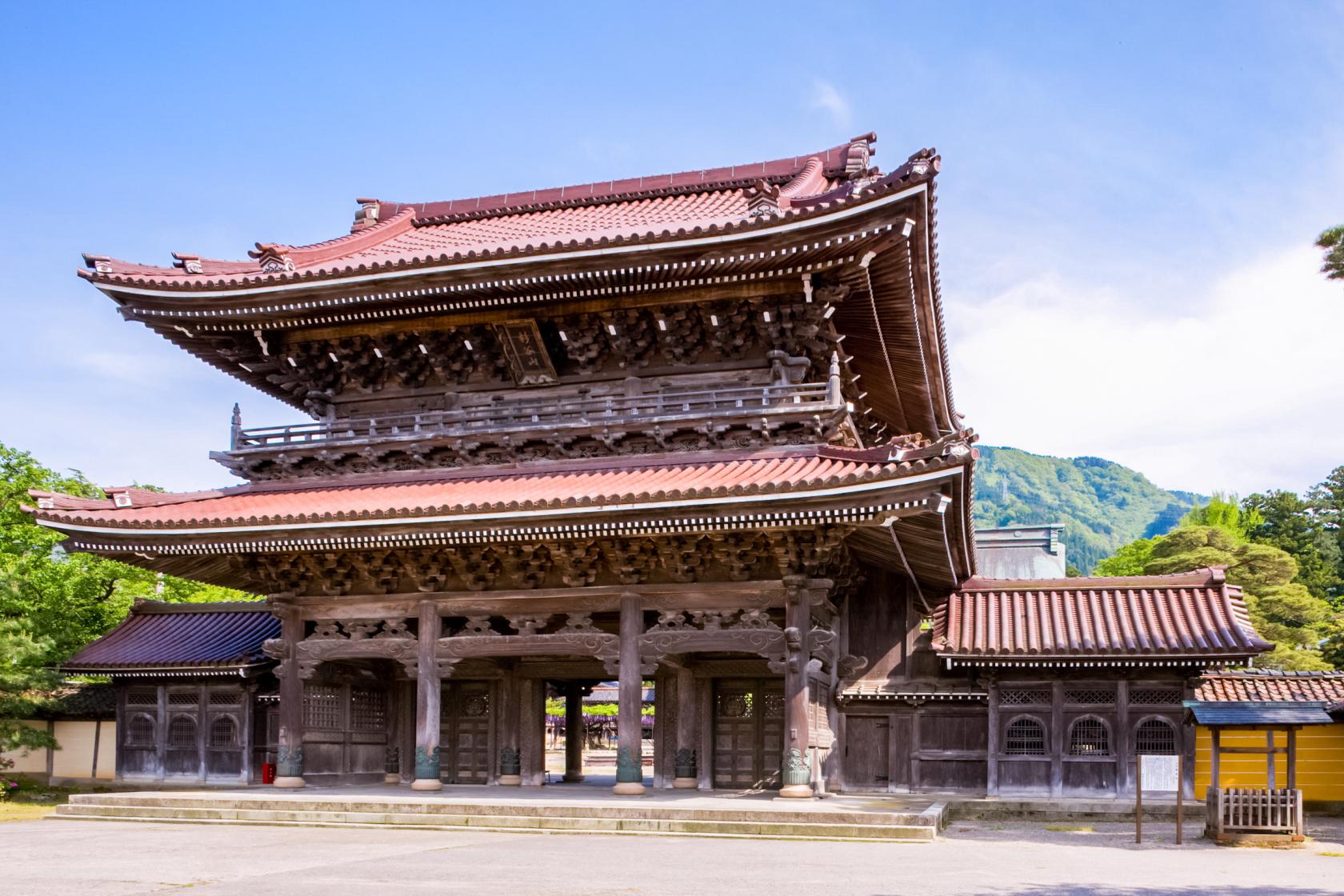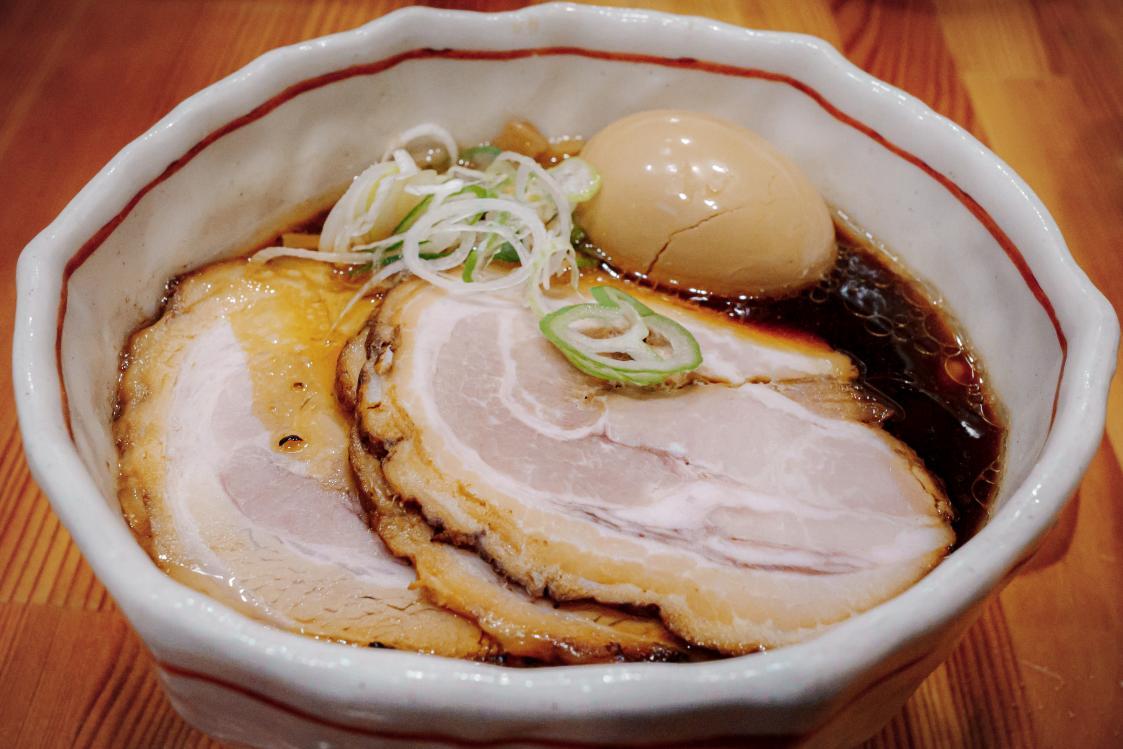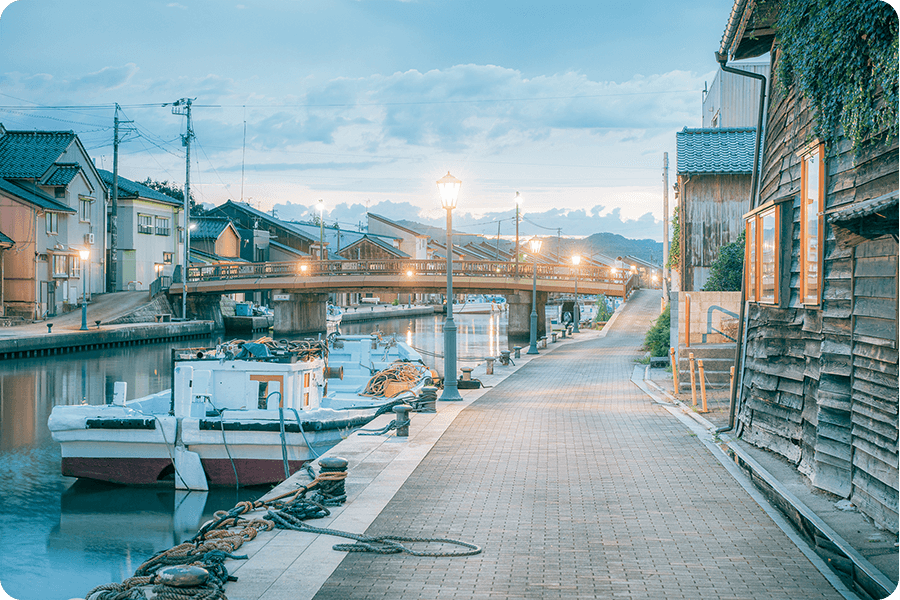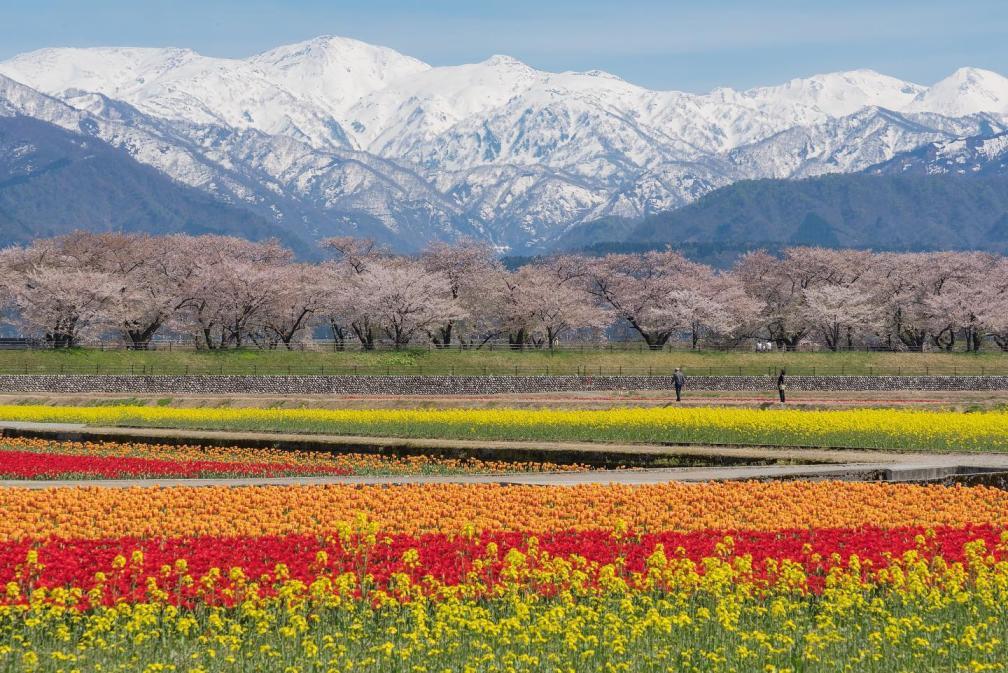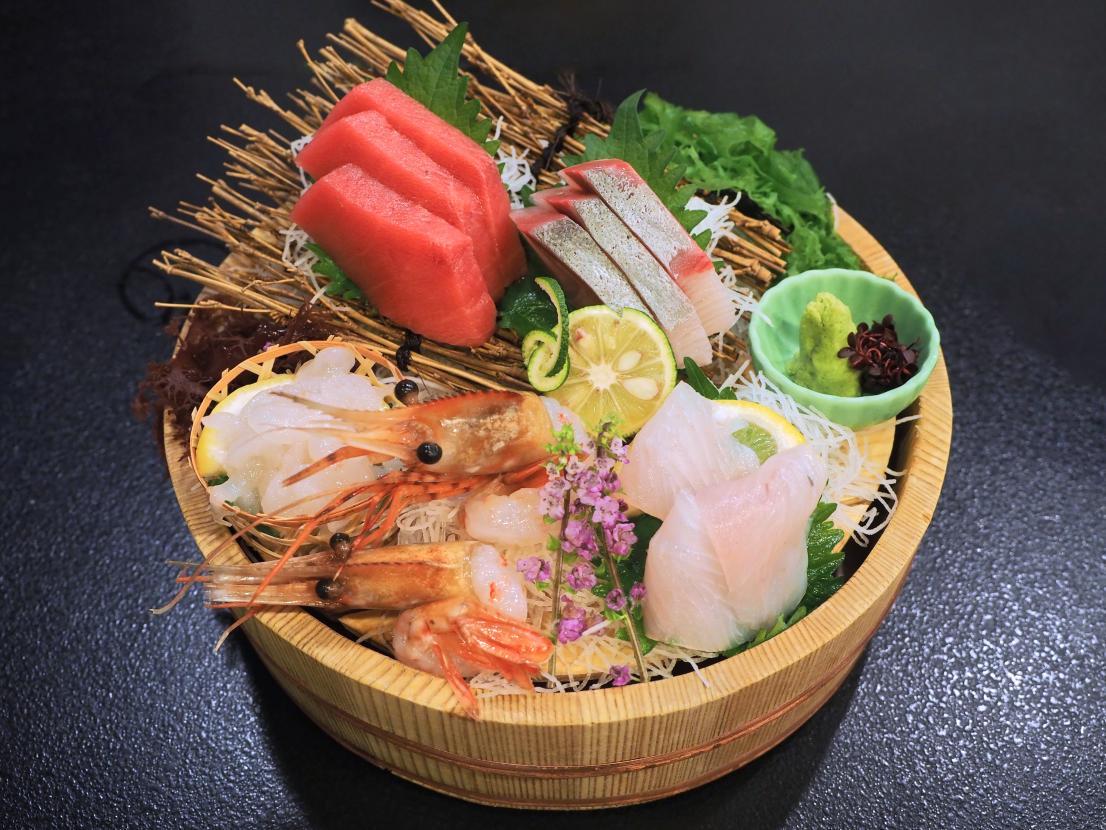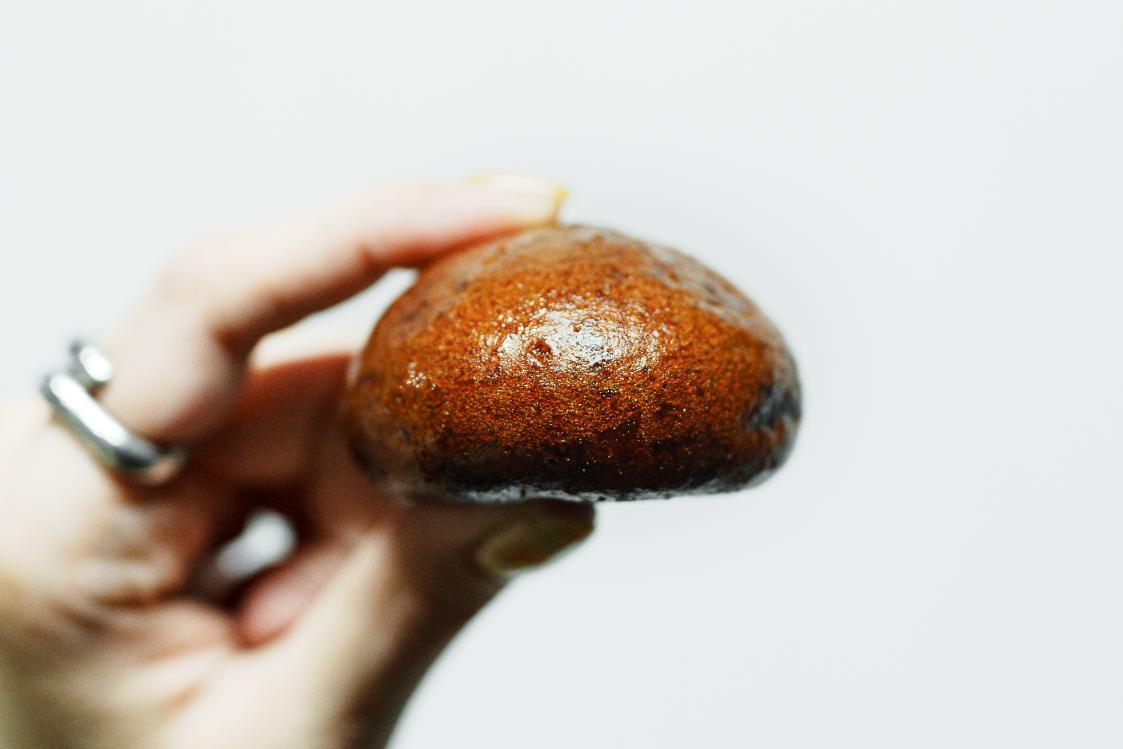
Toyama Gift Guide: Snacks and Souvenirs at Toyama Train Station
One of the pleasures of travel is taking the time to shop and find the right gifts for the people in your life. In fact, you can find a ton of authentic local products highly recommended by residents right within Toyama Station. Read on for some ideas and inspiration.
* This article was adapted from work by a local reporter living in Toyama Prefecture.
Accessibility in Toyama Station
There are two wheelchair-accessible restrooms on the first floor of Toyama Station. Both are located near the West Exit and inside the Toyama Station Toyamarche shopping center. Please note that there are tram tracks near the West Exit, which may be difficult for wheelchairs and strollers to cross.
There is an audio and Braille guide for the Toyama Station Shinkansen facilities in front of the boarding gates.
Ready-to-eat souvenirs
Sometimes you need a “souvenir” just to tide you over on the train ride, so let’s start with some ready-to-eat foods. After all, ekiben (“train station lunchboxes”) are their own unique experience in Japan.
Minamoto trout sushi: a Toyama classic
Trout sushi from Minamoto is a standard Toyama souvenir. The traditional trout sushi here has been made for 130 years; they’ve been in the ekiben business for more than a century, as well.
In 2009, Minamoto opened the Masunosushi Museum in a renovated space that formerly housed the Toyama Specialty Products Museum. At the museum, you can tour the trout sushi factory and even experience making trout sushi by hand.
In addition to trout sushi, the Minamoto store inside Toyama Station sells yellowtail sushi, boxed lunches, and onigiri (rice balls). The store is conveniently located next to the Shinkansen platform for you to shop right before you board. Trout sushi is available in a range of sizes, so you can choose the one that matches your appetite. They also have onigiri made with Toyama’s famous tororo kombu (grated yam and kelp) and kamaboko (cured fish cake).
When you open the box, you’ll find a knife to cut pieces of the trout sushi for you to enjoy right away. This beautifully colored trout sushi is made with Toyama rice and served on a bed of fragrant, dark green bamboo leaves.
The trout is moderately fatty, delicious, and easy to eat, with barely any odor. You’ll be won over by Minamoto’s trout sushi and understand in one bite how its popularity has endured for more than a century. With different sizes available, you can eat it all by yourself or give it as a gift.
Hojo Wakasaya’s karinto manju: an addictive treat
Next up is karinto manju from Hojo Wakasaya.
Hojo Wakasaya has its main store in Shinminato, Imizu City, Toyama Prefecture, and has been in business for more than 50 years. Their products are made with the idea that “sweets bring smiles.”
Hojo Wakasaya sells not only karinto manju, but also biscuits and sponge cakes made with Toyama rice, Japanese glass shrimp rusks, and kinako mochi made with regional glutinous rice.
Karinto are a sweet, deep-fried traditional snack made from flour, yeast, and brown sugar, while manju is a type of pastry with fillings that vary from region to region. At Hojo Wakasaya, you can choose different flavors for your karinto manju filling, such as sweet bean paste, seasonal flavors like chocolate or cherry, and even cream cheese and lemon.
The main store in Shinminato, Imizu City, sometimes has a little more variety, so feel free to make a trip there if you’re interested in the full range of treats.
You’ll be pleasantly surprised by how great karinto manju taste. Made with brown sugar from Hateruma, Okinawa, they are crunchy, light-tasting, and not too sweet, with smooth filling inside. You won’t be able to get enough of these, so it’s best to buy at least three.
Hojo Wakasaya runs a monthly promotion where you can buy all kinds of karinto manju for only 100 yen each. The exact days vary from store to store, so check the dates online and plan your visit then—the deals are too good to pass up.
To see how crispy the manju is, skip to 2:45 in the video!
Nanakoshiyaki: a local spin on a classic confection
You may have seen this snack elsewhere, as it goes by various names depending on the region, like Obanyaki or Imagawayaki. In Toyama Prefecture, it is known as Nanakoshiyaki.
Sold at Nanakoshi in Toyama Station, Nanakoshiyaki is made using the best water in Toyama to bring out the true flavor of the sweet azuki beans. One of the best things about it is how easy it is to eat. In addition to the standard red bean paste filling, you can also choose between custard cream, strawberry cream, or other flavors. At 120 yen apiece, Nanakoshi are a filling and economical snack.
It’s best to eat it while it’s hot. The dough is chewy, with the filling almost overflowing. Nanakoshiyaki aren’t too sweet either, so you won’t easily tire of eating them. At the Nanakoshi store, you can also watch the employees bake them in real time.
Shiroebi senbei: the crowd-pleaser
Among tasty snacks to give as presents, senbei crackers made with shiroebi, or Japanese glass shrimp, are a surefire win. Japanese glass shrimp is known as the “Jewel of Toyama Bay” and they are delicious when prepared as tempura or in other dishes.
You can try it out in snack form in Hinodeya Seika’s Shiroebi Kiko crackers, made with Toyama rice and water. For a hands-on experience, visit the Shiroebi Senbei Factory in Tateyama, where you can take a factory tour and try your hand at baking them.
Shiroebi Kiko crackers are wrapped in pairs. When you open the wrapping, you’ll be greeted with the shrimp’s pleasant aroma. Bite into the cracker and you’ll discover the perfect balance of salty and sweet. Tasty and easy to eat, they’ll be gone in no time. Hinodeya Seika’s Shiroebi Kiko crackers look and taste elegant and make for a great gift. Hinodeya Seika also have an online store if you want to browse and discover their other products.
Kankontan: fluffy delights
For those with a sweet tooth, look no further than Toyama Meika’s Kankontan, with its iconic rising sun packaging. Kankontan won the gold medal at the National Confectionary Exposition and has become Toyama Meika’s star product. They can be purchased individually for just 172 yen. Kankontan are fluffy and delicate, so be careful not to crush them when unwrapping them or carrying them with you.
Kankontan are fluffy, soft, sponge-like snacks filled with smooth cream. They practically melt in your mouth, with a perfect balance between the sponge and the filling.
Kankontan are sure to be a hit with children or anyone with a sweet tooth. They are also quite filling, so they make a nice grab-and-go breakfast or a tasty snack between meals.
Toyama Meika has an online store that you can browse as well.
Kamaboko: savory surimi
Onnaden Kamaboko is a specialty store located within Toyama Station’s Kitokito Ichiba Toyamarche shopping center. The main store in Shinkawaramachi, Toyama City, is said to be the oldest kamaboko fish cake store in the prefecture.
For the people of Toyama, fish cake is such a familiar food that students often visit kamaboko factories on their school field trips. Kamaboko is a type of cured fish cake, some high-end versions of which are crafted into the shape of a sea bream, an auspicious fish. This kind of kamaboko is often given as a wedding gift because of its positive connotations.
Onnaden Kamaboko has a wide range of kamaboko, from plain to those combined with other ingredients.
The Japanese glass shrimp and cheese kamaboko, for example, comes in a five-pack for just 645 yen. The crispy white shrimp inside the soft kamaboko blends with the mellow flavor of Gouda Natural Cheese, creating a whole new sensation. It’s great as is, but grilling it brings out the shrimps’ flavor, making it even more delicious. This would be a perfect snack to enjoy with an alcoholic beverage.
Ramen Makotoya: last but not least
Finally, capping off this list of gift possibilities, we have Toyama black ramen.
This packaged version of Toyama black ramen from Ramen Makotoya can’t compete with the version served fresh at the restaurant, but with the extra-thick noodles absorbing the soy sauce broth, you’ll definitely get a feel for this delicious, iconic Toyama dish.
Add some coarsely ground pepper and you’ll get even closer to the original taste of the restaurant’s noodles. For an even more delicious experience, you can also use an earthenware pot and add your favorite toppings to make a stew out of this ramen. Be sure to make time to visit Ramen Makotoya during your trip to Toyama.



